In the world of chess sets, the choice between handmade and machine-made options significantly influences not only aesthetics and functionality but also long-term value and collectibility.
Understanding what makes a chess set truly valuable requires a deep dive into the nuances of craftsmanship, the role of materials, and current market trends.
This article will explore these elements, enriching your knowledge on how to assess and appreciate the beauty and superiority of premium handmade chess sets compared to their machine-made counterparts.

Key Takeaways
- Handmade chess sets often showcase superior craftsmanship and unique artistry compared to machine-made alternatives.
- The materials used in crafting a chess set significantly contribute to its overall quality and value.
- Understanding how to appraise a chess set involves considering factors like rarity, design, and condition.
- Market trends indicate a growing collectibility of handmade chess sets among enthusiasts and collectors.
- Choosing between handmade and machine-made chess sets ultimately depends on individual preferences and intended use.
Understanding the Difference: Handmade vs Machine-Made Chess Sets
## Understanding the Difference: Handmade vs Machine-Made Chess Sets When evaluating chess sets, the distinction between handmade and machine-made sets often emerges as a focal point for collectors and enthusiasts alike.
This comparison is pivotal for understanding what truly constitutes value in chess sets, not only for gameplay but also for the aesthetic and investment perspectives.
### What Defines a Handmade Chess Set?
Handmade chess sets are characterized by the careful craftsmanship involved in their creation.
Each piece is sculpted with precision and artistry, often reflecting a master artisan's vision.
Here are the key features that define handmade chess sets:
• Unique Design: Each piece often displays individual artistic nuances, making them one-of-a-kind.
- Quality Materials: Artisans typically use high-quality woods, metals, or stones, which contribute to both the performance and appearance of the set.
- Attention to Detail: Handmade pieces often exhibit intricate carvings, polished finishes, and other enhancements that display the maker's skill.
- Limited Edition: Many handmade sets are produced in limited quantities, adding to their exclusivity and value.
### The Characteristics of Machine-Made Chess Sets In contrast, machine-made chess sets benefit from industrial manufacturing processes that allow for consistency and bulk production.
While they may lack the personal touch of handmade pieces, they also present specific advantages:
• Affordability: Generally, machine-made sets are more budget-friendly, appealing to new players or casual users.
- Consistency: Each piece is uniform in size and design, ensuring a coherent playing experience.
- Availability: Large quantities can be produced, making it easier to replace missing pieces or acquire matching sets.
### The Value Proposition of Each Type
Determining the value of chess sets often depends on the buyer's intent:
• Collectible Value: Handmade sets are typically viewed as investments due to their rarity and artistic merit, while machine-made sets hold less collectible prestige.
- Functional Value: For competitive players, machine-made sets provide reliability and uniformity during tournaments, where consistency is critical.
- Aesthetic Value: For display purposes, handmade chess sets often serve as conversation pieces and enhance home décor, fostering admiration and interest.
### Deciding What’s Right for You
In navigating the debate between handmade vs machine-made chess sets, consider the following aspects:
• Purpose: Are you purchasing for casual play or as a long-term investment?
- Budget: Determine how much you are willing to spend, as handmade sets can be considerably more expensive.
- Appreciation: Reflect on what aspects you value most—is it craftsmanship, functionality, or visual appeal?
By thoughtfully weighing these factors, collectors and enthusiasts can better appreciate the nuances and value associated with handmade versus machine-made chess sets.
Craftsmanship and Quality: The Hallmarks of Handmade Sets
When exploring the nuances of chess sets, particularly within the realm of luxury chess products, a pivotal question arises: Handmade vs.
Machine-Made: What Makes a Chess Set Truly Valuable? This query delves into aspects of craftsmanship, material quality, and the artistry behind each piece.
A handmade chess set epitomizes meticulous attention to detail, as artisans invest countless hours shaping and finishing each piece, often employing traditional techniques passed down through generations.
In contrast, machine-made sets, while precise, typically lack the unique characteristics and soul found in their handmade counterparts.
The value of a chess set is not solely dictated by the materials used, but rather by the passion and skill that the creator infuses into the work.
Collectors gravitate towards handmade sets precisely for their individuality and the story behind each piece, making them not just functional game tools, but exquisite artifacts of art and history.
'The craftsmanship of an artisan is akin to the soul of the creation; it breathes passion and character into every piece.' - Unknown

The Role of Materials: What Goes Into Chess Set Production
## The Role of Materials: What Goes Into Chess Set Production ### Handmade vs Machine-Made: What Makes a Chess Set Truly Valuable?
When discussing the production of chess sets, the distinction between handmade and machine-made items is paramount.
Each category offers its unique value proposition, influenced significantly by the materials used in their creation.
Materials Matter
• Wood Types: Premium chess sets predominantly utilize hardwoods like rosewood, ebony, and maple.
Each wood type contributes different aesthetics and durability, which ultimately affects the value and feel of the set.
• Synthetic Alternatives: In contrast, machine-made sets often use composites or less expensive woods, which may not provide the same tactile experience or longevity.
While these alternatives can be visually appealing, they lack the depth of character found in their handmade counterparts.
• Finishes and Treatments: The finishing touches applied to the chess pieces and board enhance not only the look but also the durability.
High-quality lacquers and waxes are often used in handmade sets, providing a rich luster that machine-made sets might not achieve.
### Craftsmanship and Design Complexity The craftsmanship inherent in handmade chess sets leads to a level of intricacy that machine-made sets rarely replicate.
• Artisan Skill: Skilled artisans dedicate hours, sometimes days, to sculpting and perfecting each piece, resulting in unique designs that celebrate the cultural and historical significance of chess.
• Customization Opportunities: Handmade chess sets often provide an avenue for custom designs, allowing buyers to choose personalized features, such as engravings or bespoke piece designs.
### Value Beyond Materials The true value of a chess set transcends its physical materials and craftsmanship.
• Heritage and Story: A handmade chess set often carries stories of tradition, generational craftsmanship, or personal histories that machine-made items simply cannot compete with.
• Collectible Aspect: For collectors, the uniqueness and story behind each handmade set often determine its market value, as rarity can drive demand and appreciation.
In contrast, mass-produced machine-made sets tend to suffer from lack of exclusivity.
Value Assessment: How to Appraise a Chess Set's Worth
### Value Assessment: How to Appraise a Chess Set's Worth When it comes to understanding the true value of a chess set, particularly in the realm of luxury items, several factors come into play.
The distinction between handmade and machine-made chess sets is paramount.
Each type offers its own unique attributes, influencing value differently.
#### Handmade Chess Sets: The Art of Craftsmanship - Origin: Handmade chess sets often originate from skilled artisans, each set representing countless hours of dedicated craftsmanship.
- Materials: Premium-grade woods, stones, or metals may be used, enhancing the overall aesthetic appeal.
- Uniqueness: No two handmade sets are identical.
This rarity adds to the allure and value, making them substantial collector's items or luxury gifts.
- Intricate Details: Craftsmanship can include unique designs, hand-painted pieces, and custom engraving—features that elevate their status in the luxury market.
#### Machine-Made Chess Sets: Mass Production with Precision - Cost Efficiency: Machine-made sets are generally more affordable due to their mass production, offering consistency in quality.
- Material Variants: While they can still feature premium materials, machine-made sets often utilize less expensive alternatives to reduce costs.
- Availability: These sets are widely available in various styles and sizes but lack the unique charm of handcrafted items.
- Durability: Sometimes built for longevity, machine-made sets often satisfy the functional requirements of casual players or enthusiastic gift-givers.
In assessing the overall worth of a chess set, one must consider not only the method of production but also other factors such as artistry, craftsmanship, and emotional connections forged by the pieces.
The choice between a handmade and machine-made chess set ultimately depends on personal preference and intended use.
Observing these elements closely aids in making informed decisions whether you are a collector, a casual player, or seeking the perfect luxury gift.

Collectibility and Market Trends: The Demand for Handmade vs. Machine-Made Sets
## Collectibility and Market Trends: The Demand for Handmade vs.
Machine-Made Sets The world of chess sets has always intrigued enthusiasts and casual players alike, leading to a keen interest in the factors that determine a set’s value and desirability.
When evaluating this market, a key distinction arises between handmade and machine-made chess sets.
Each category carries its own allure, advantages, and audience appeal, making the question of Handmade vs Machine-Made: What Makes a Chess Set Truly Valuable? particularly pertinent.
### Understanding the Value Factors
1.
Craftsmanship: - Handmade Sets: These sets are often crafted by skilled artisans, ensuring that each piece is unique.
The attention to detail can significantly enhance the aesthetic and collectible value.
- Machine-Made Sets: While often precise and consistent, the lack of personal touch generally makes these sets less desirable to collectors.
2.
Materials Used: - Handmade: High-quality, often rare materials like exotic woods, marble, or precious metals are commonly used, adding intrinsic value due to scarcity.
- Machine-Made: Typically produced with mass-market materials, these sets may lack the luxurious feel that high-end consumers seek.
3.
Artistic Elements: - Handmade: Each piece can showcase artistic flourishes, cultural designs, and personalized elements that enhance visual appeal and storytelling.
- Machine-Made: Designs are generally uniform and functional, focusing on production efficiency over artistry.
### The Appeal of Handmade Chess Sets Handmade chess sets often captivate collectors with their narratives.
Their unique aesthetic and the skilled labor involved in their creation signal exclusivity.
• Value Retention: The rarity and craftsmanship of handmade sets can lead to strong value retention over time.
- Cultural Significance: Many handmade sets are imbued with cultural stories and artistic expression, making them more meaningful to collectors.
• Limited Editions: Many artisans produce limited edition sets, enhancing their scarcity and desirability in the collector's market.
### Advantages of Machine-Made Chess Sets While handmade sets have distinct advantages, machine-made sets also hold their ground in the market, especially for specific consumer demographics.
• Affordability: More accessible price points make machine-made sets appealing to entry-level players.
- Availability: Mass production ensures that these sets are readily available in various designs and styles.
- Consistency: Machine-made sets offer uniformity in size and design, appealing to those who prioritize functionality.
### Current Market Trends
The dichotomy between handmade and machine-made chess sets reflects broader market trends:
1.
Increasing Demand for Luxury: As consumers seek quality over quantity, handmade chess sets have seen a resurgence in popularity, often viewed as luxury chess gifts.
2.
Niche Collectibility: The rise of niche markets for collectors has led to more interest in finding unique, artisan-crafted pieces.
3.
Sustainability Considerations: As buyers become increasingly conscious of sustainable practices, many are gravitating toward handmade sets, often created with eco-friendly materials and responsible sourcing.
In conclusion, the ongoing debate of Handmade vs Machine-Made: What Makes a Chess Set Truly Valuable? hinges on personal preferences and individual definitions of value.
While handmade sets are increasingly regarded as prestigious collectibles, machine-made options remain popular due to their practicality and affordability.
Understanding the nuances between these two types can empower buyers in their quest for the perfect chess set, ensuring they make informed decisions in line with their values and expectations.
Personal Preference: Which Type of Chess Set is Right for You?
### Personal Preference: Which Type of Chess Set is Right for You?
Choosing between a handmade and a machine-made chess set involves delving into the nuances of craftsmanship, material quality, and personal value.
Handmade chess sets showcase the artistry and dedication of skilled artisans.
Each piece is unique, often incorporating intricate designs and handcrafted details that reflect individual creativity.
These sets can be seen as investments, with some gaining value over time due to their limited production.
Conversely, machine-made chess sets are consistent, typically featuring uniformity in size, weight, and finish.
They are often produced at a lower cost, making them accessible to a wide range of players.
While they may lack the bespoke qualities of handmade sets, modern technology ensures precision and functionality, appealing to those who prioritize performance in their gameplay.
When deciding between the two, consider the following factors:
• Aesthetic Appeal: Handmade sets often include artistic elements that resonate with collectors.
- Durability: Machine-made sets typically offer robust longevity due to consistent manufacturing processes.
- Investment Value: Handmade pieces can appreciate over time, while machine-made sets generally hold less monetary value.
- Emotional Connection: Handmade chess sets can carry sentimental weight, serving as cherished heirlooms.
- Pricing Considerations: Evaluate your budget; handmade sets may require a larger investment compared to their machine-made counterparts.
Ultimately, your choice should reflect not only your functional needs but also your appreciation for the artistry involved in chess set creation and how you envision incorporating the set into your lifestyle.
Frequently Asked Questions
What are the main differences between handmade and machine-made chess sets?
Handmade chess sets are crafted by skilled artisans and often feature unique designs and personal touches, while machine-made sets are produced using automated processes, typically offering uniformity and lower prices.
What factors contribute to the craftsmanship and quality of handmade chess sets?
The craftsmanship of handmade sets is evaluated based on the attention to detail, the skill of the artisan, the quality of the materials used, and the overall aesthetic appeal of the set.
How can I determine the value of a chess set?
To appraise a chess set's worth, consider factors like material quality, craftsmanship, rarity, condition, and market demand, which can fluctuate based on current trends and buyer preferences.
Are handmade chess sets more collectible than machine-made sets?
Generally, handmade chess sets tend to be more collectible due to their unique features and the artistry involved, leading to higher demand among collectors compared to machine-made options.
Which type of chess set should I choose for personal use?
The choice between handmade and machine-made chess sets depends on your budget, aesthetic preferences, and how much you value craftsmanship and uniqueness in your pieces.
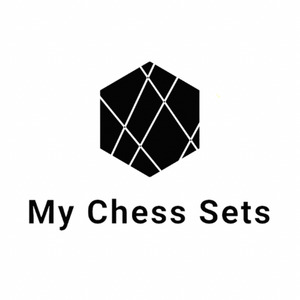
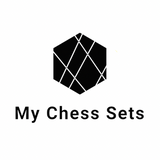


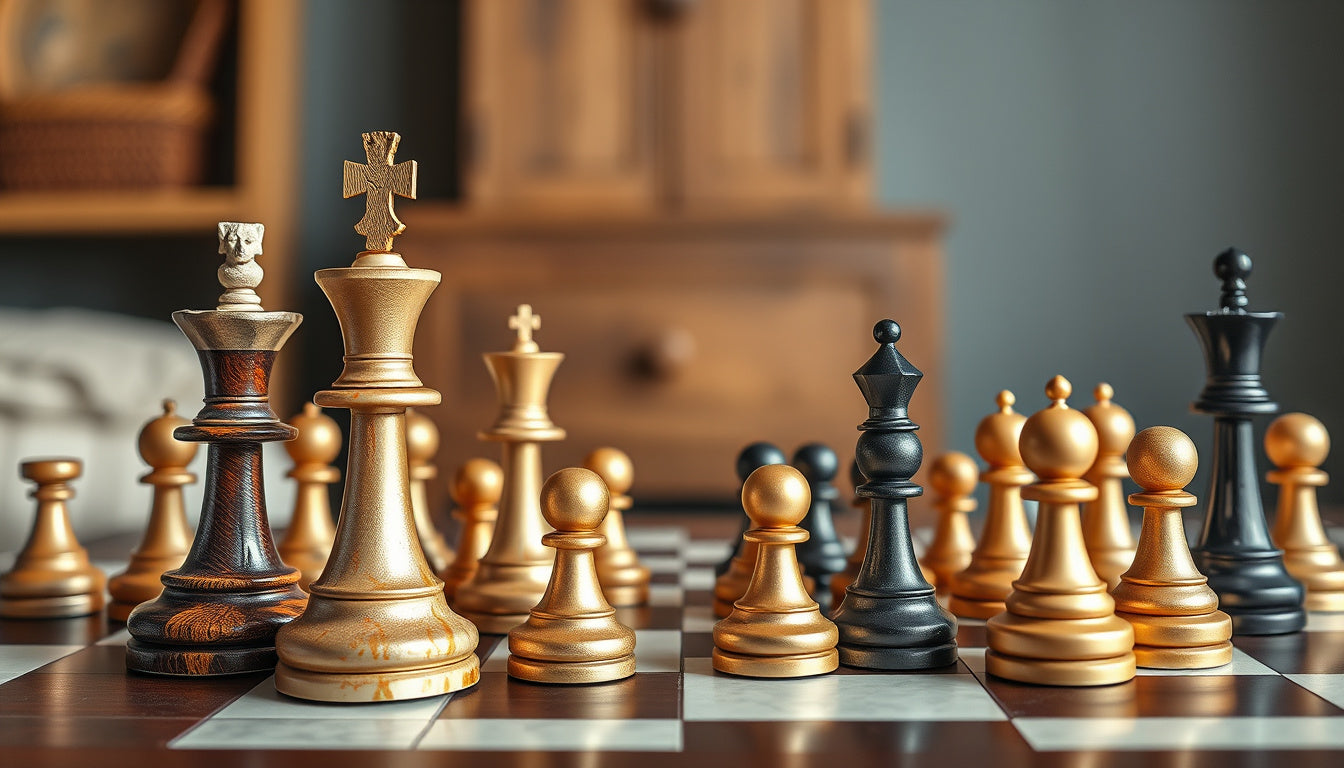
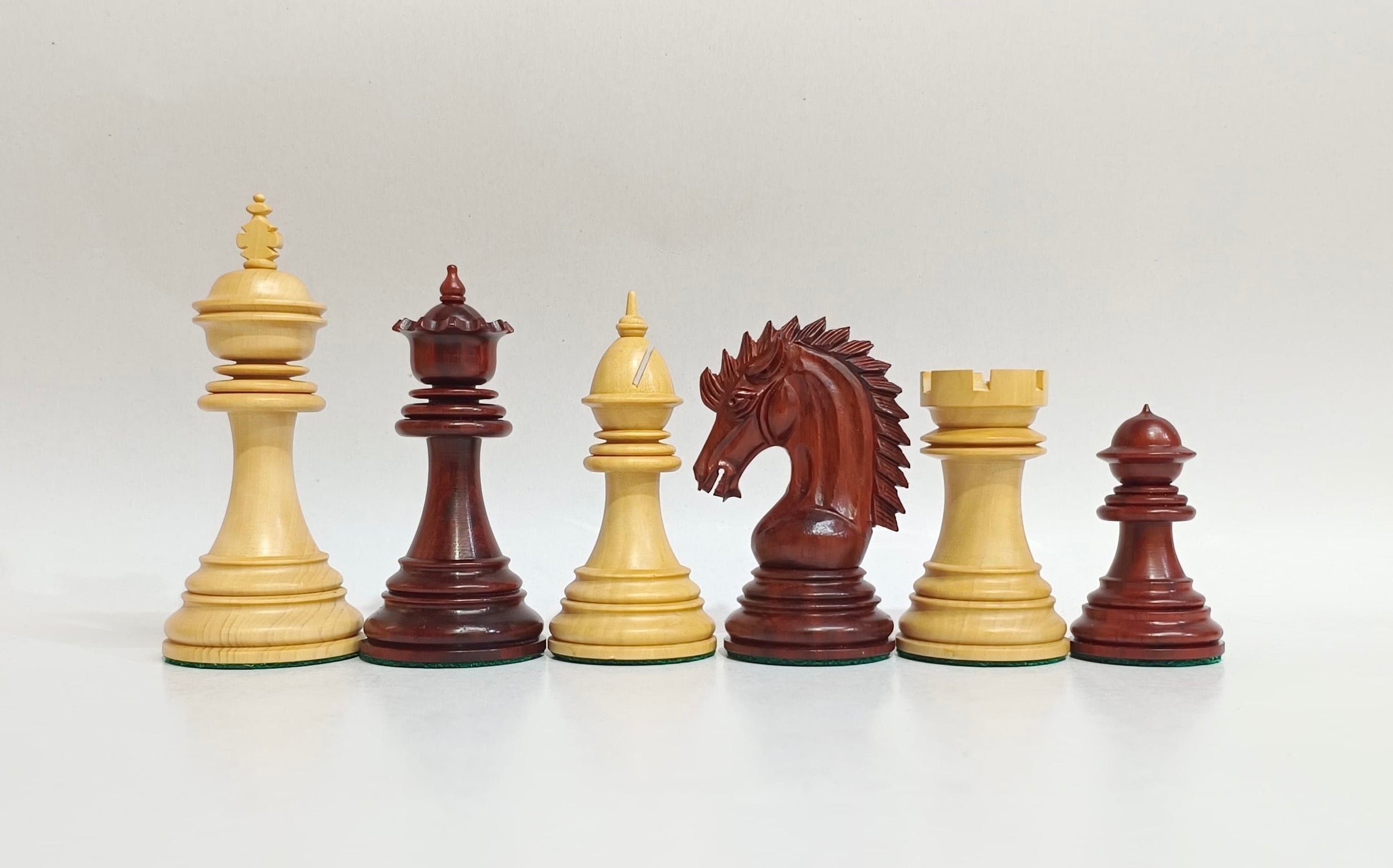
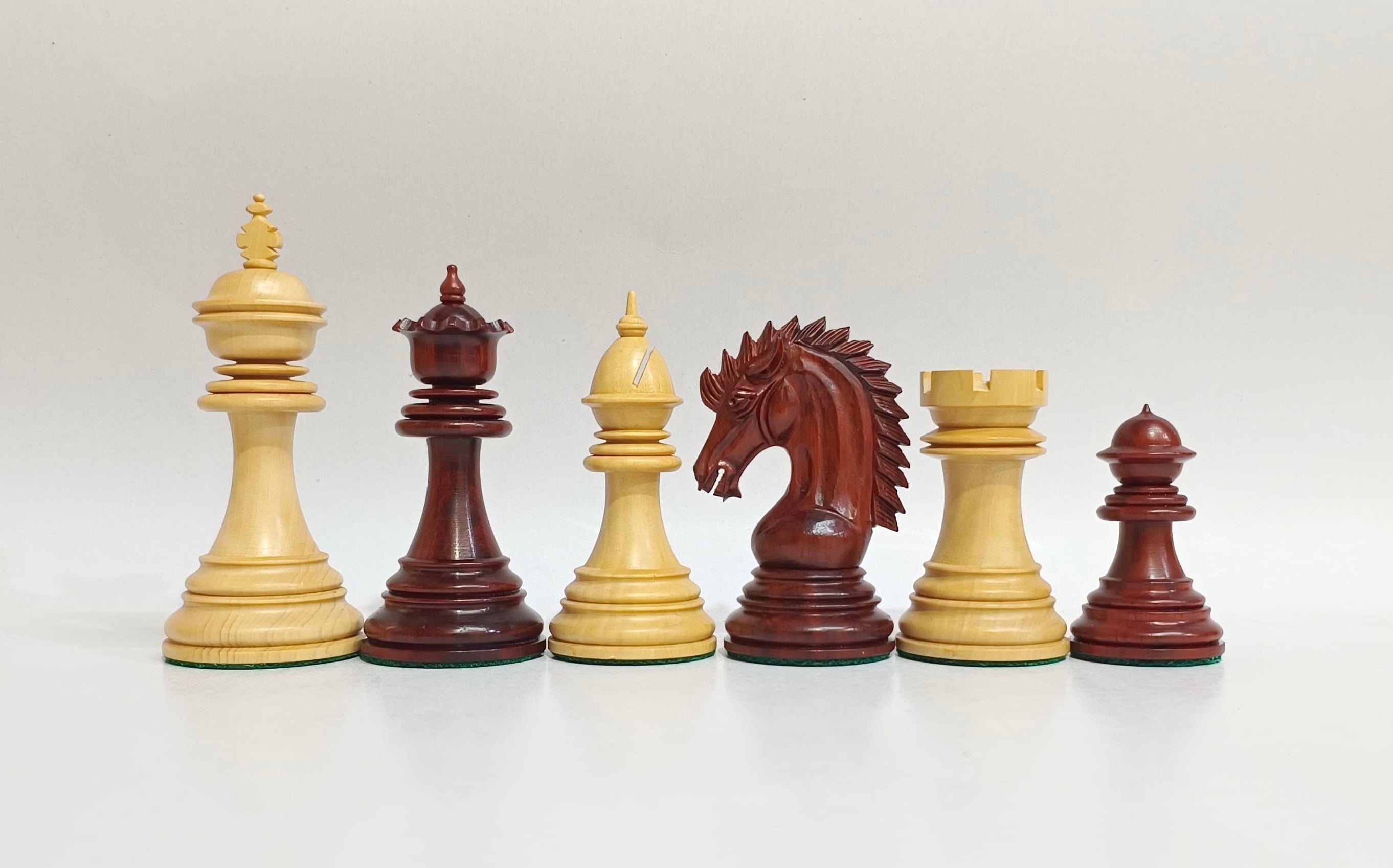
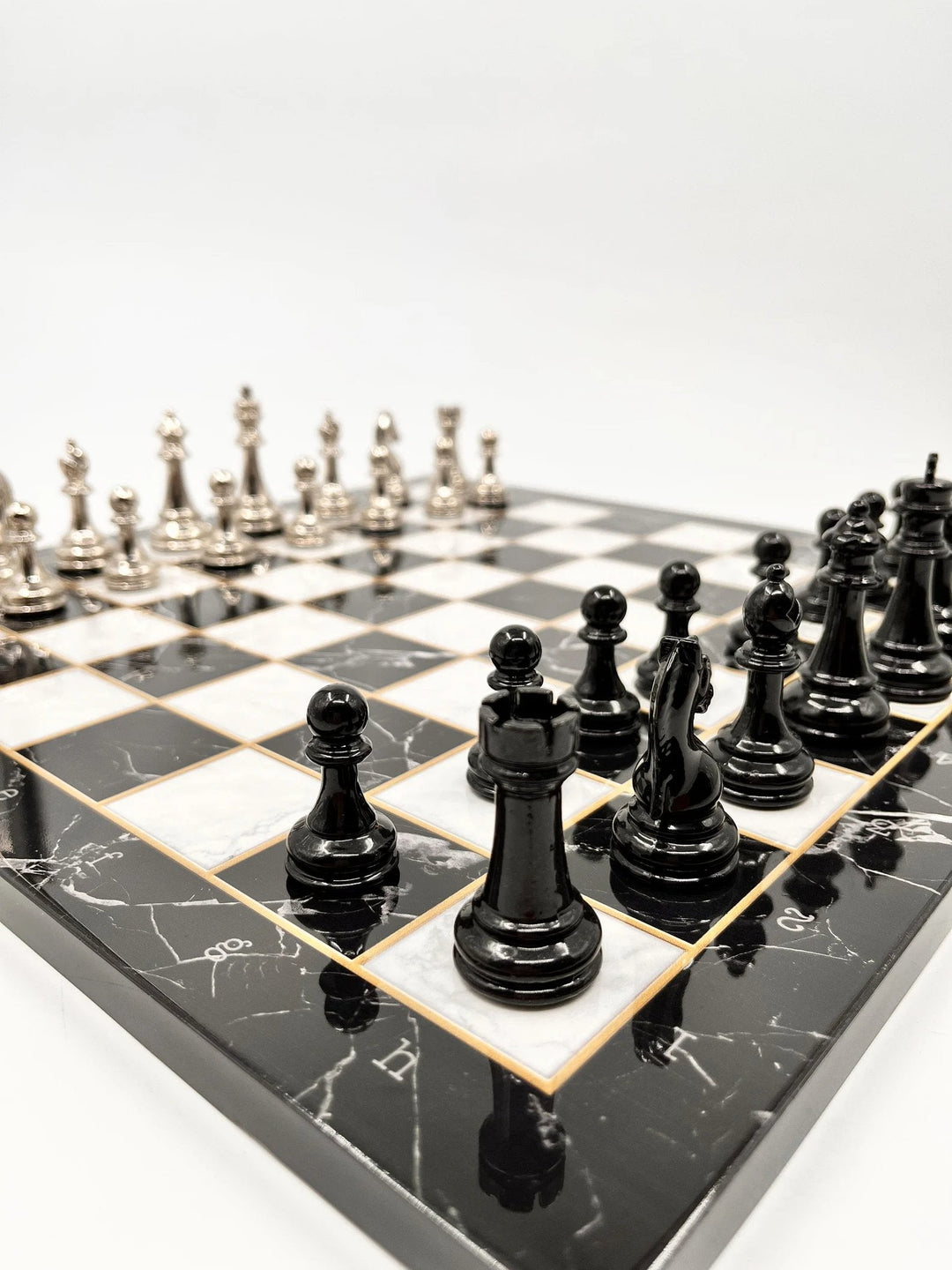
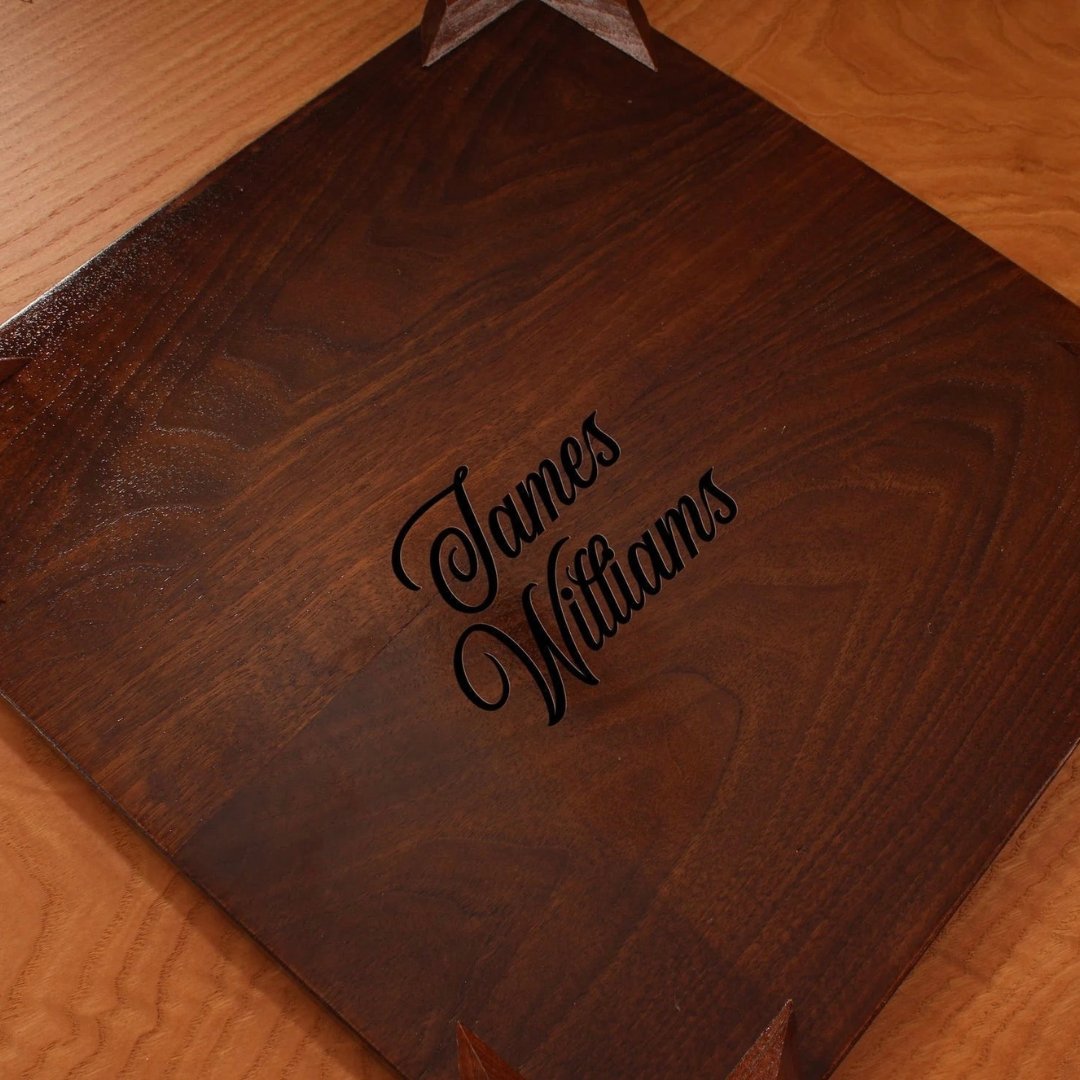
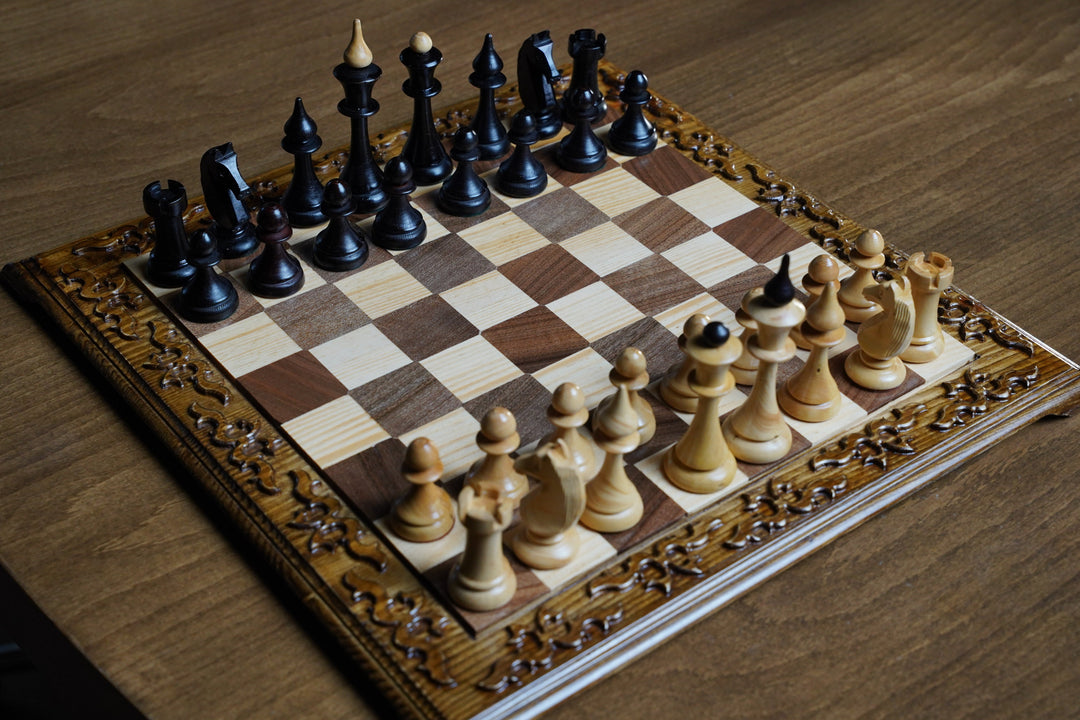
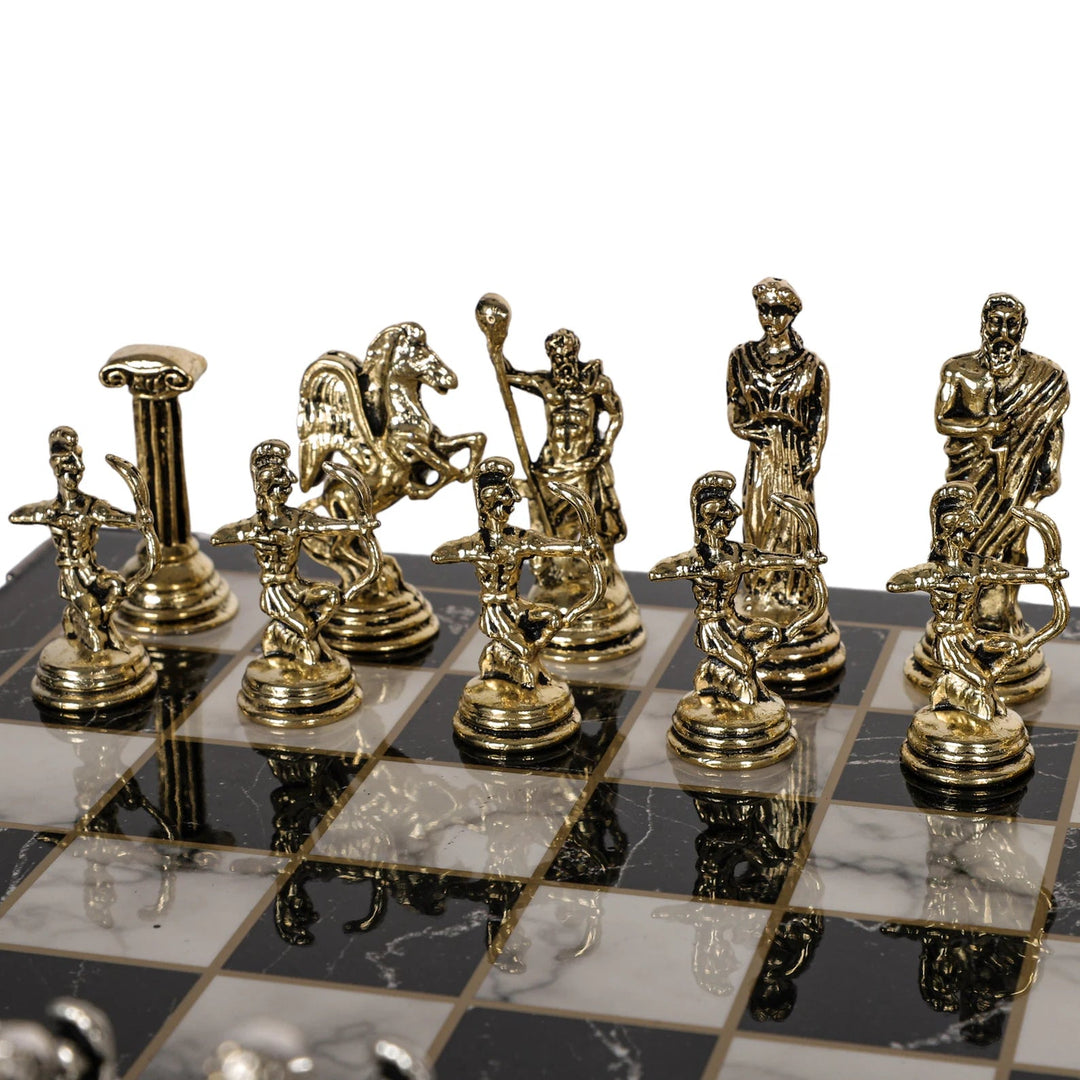
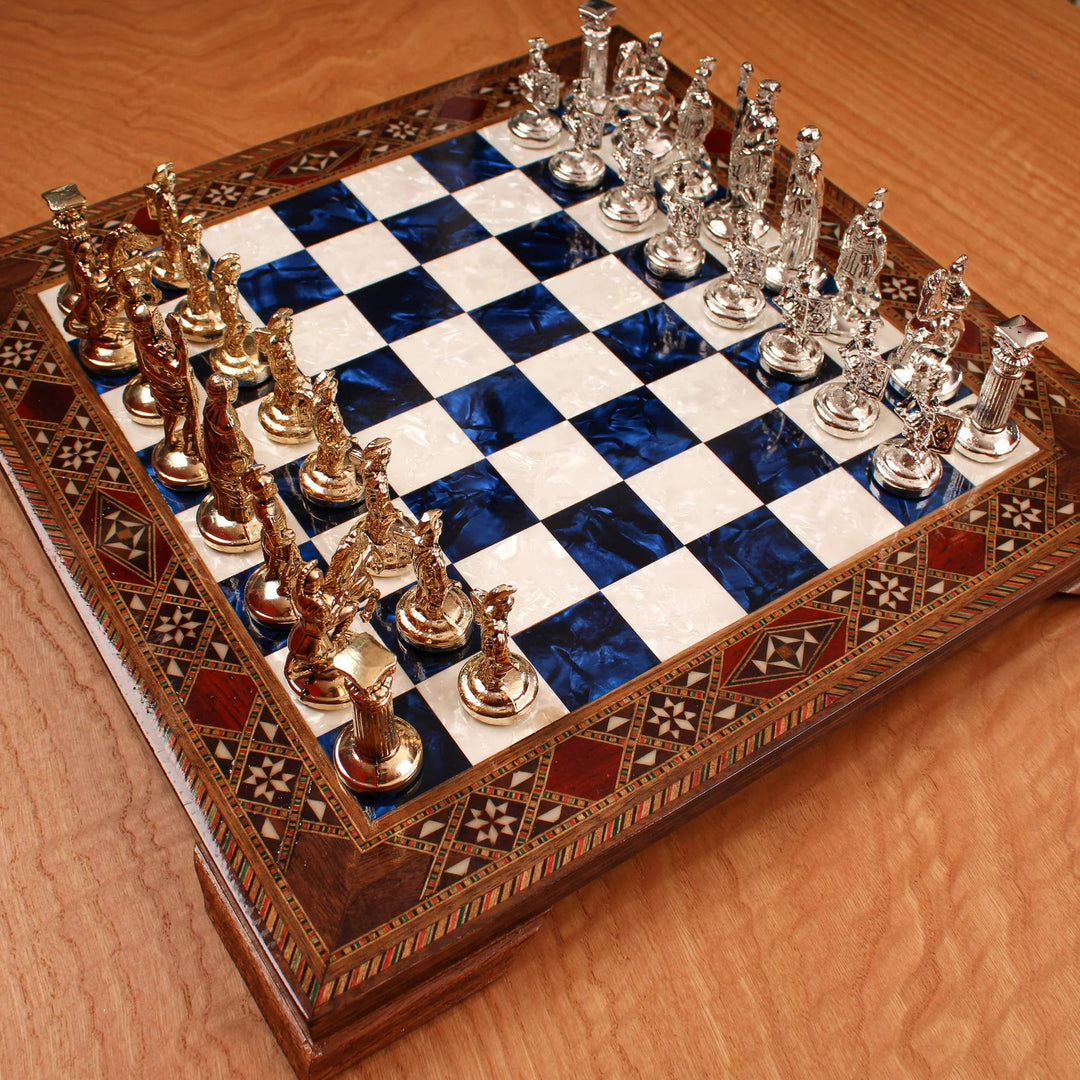
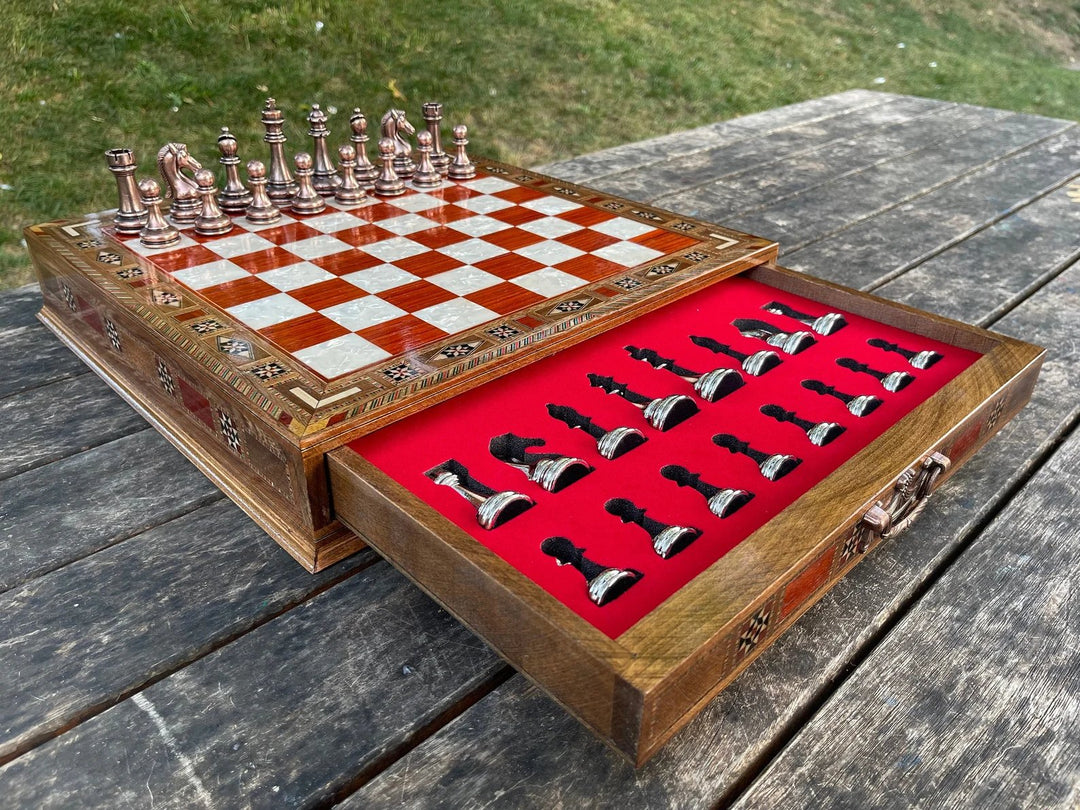
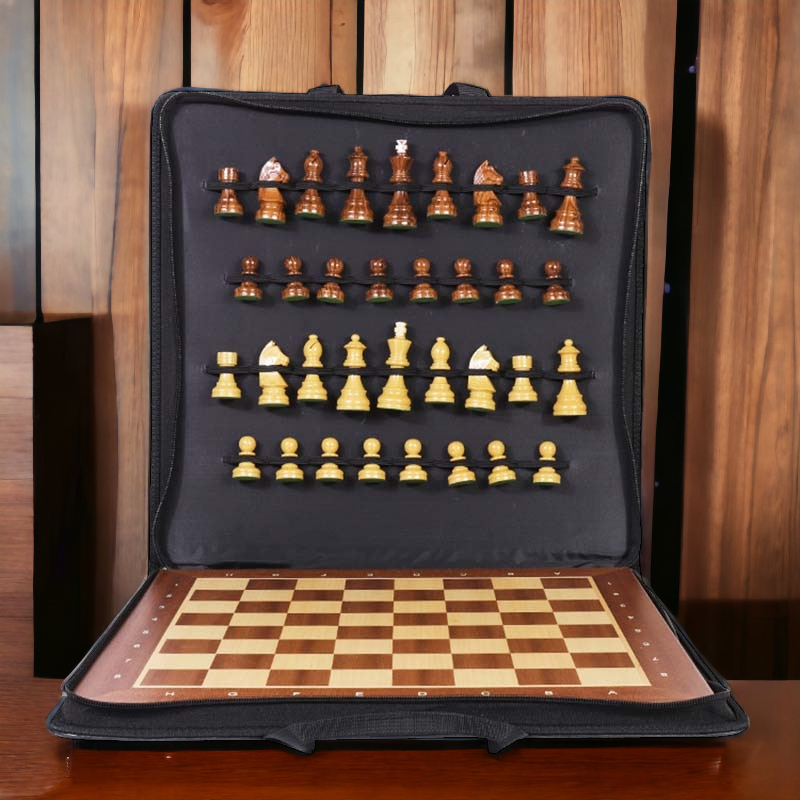
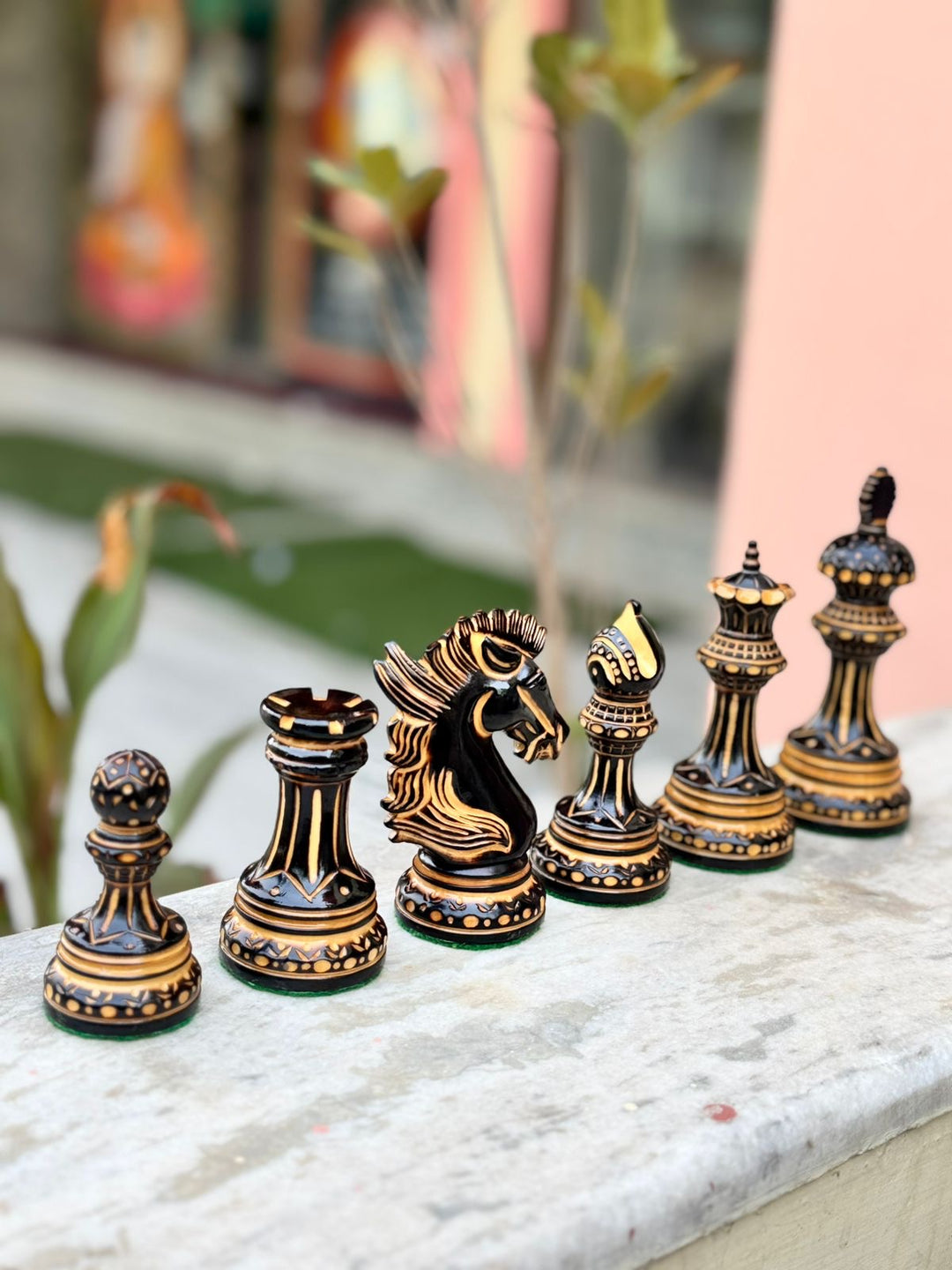
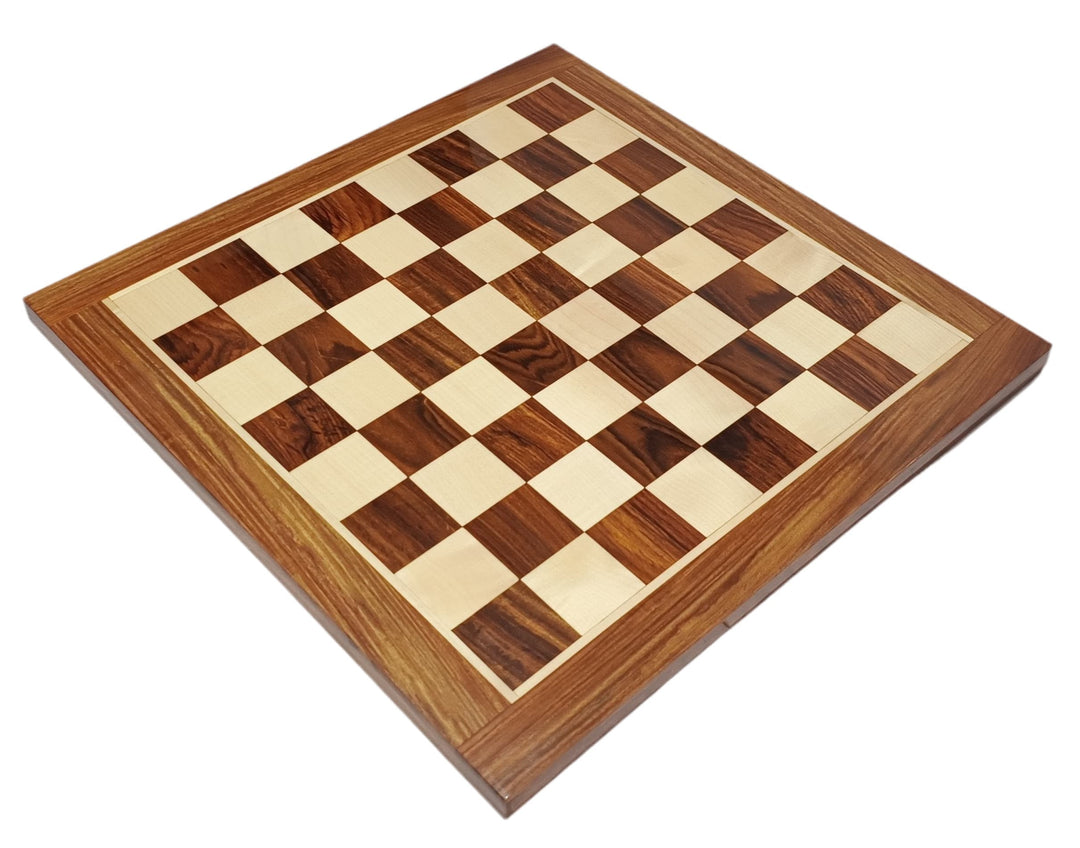
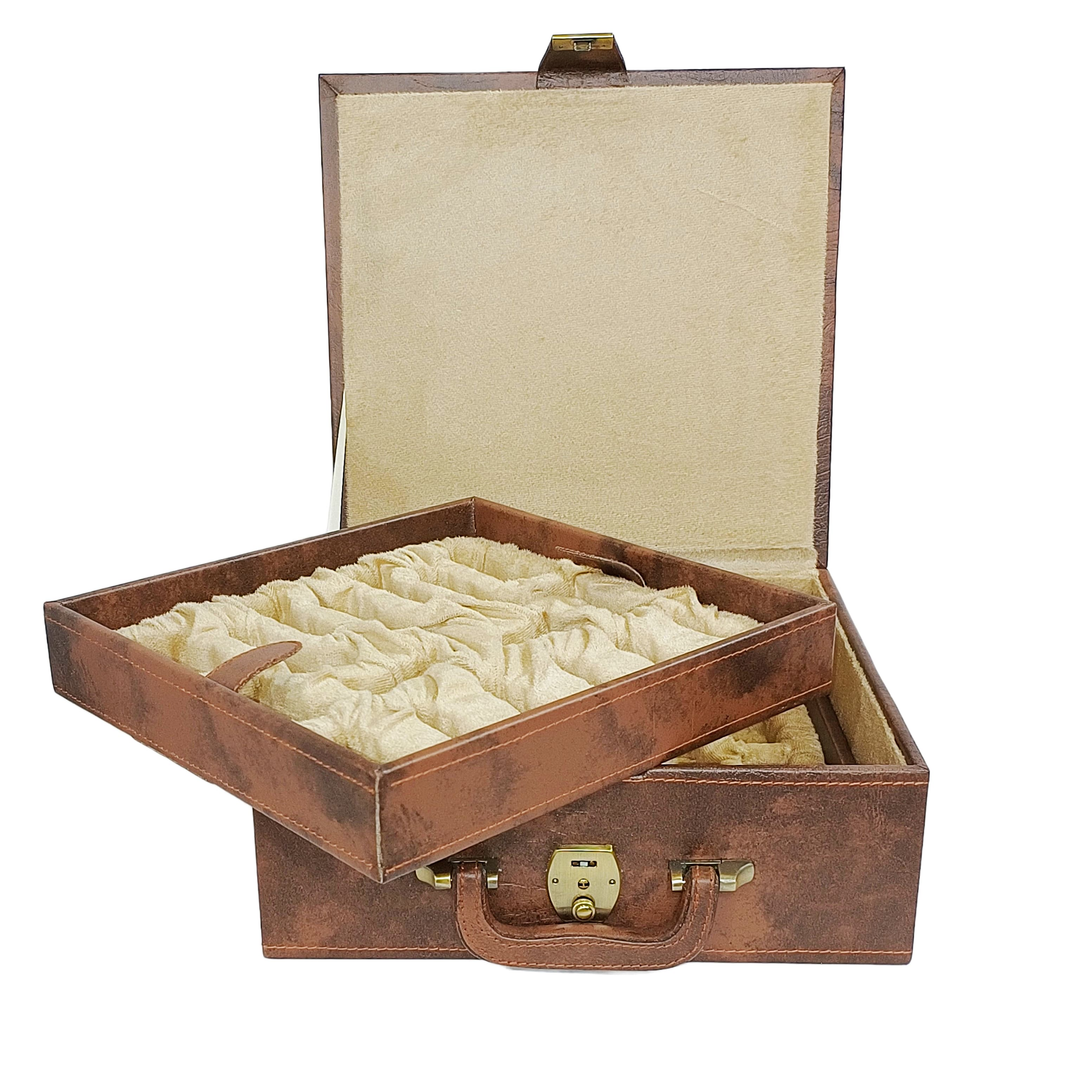
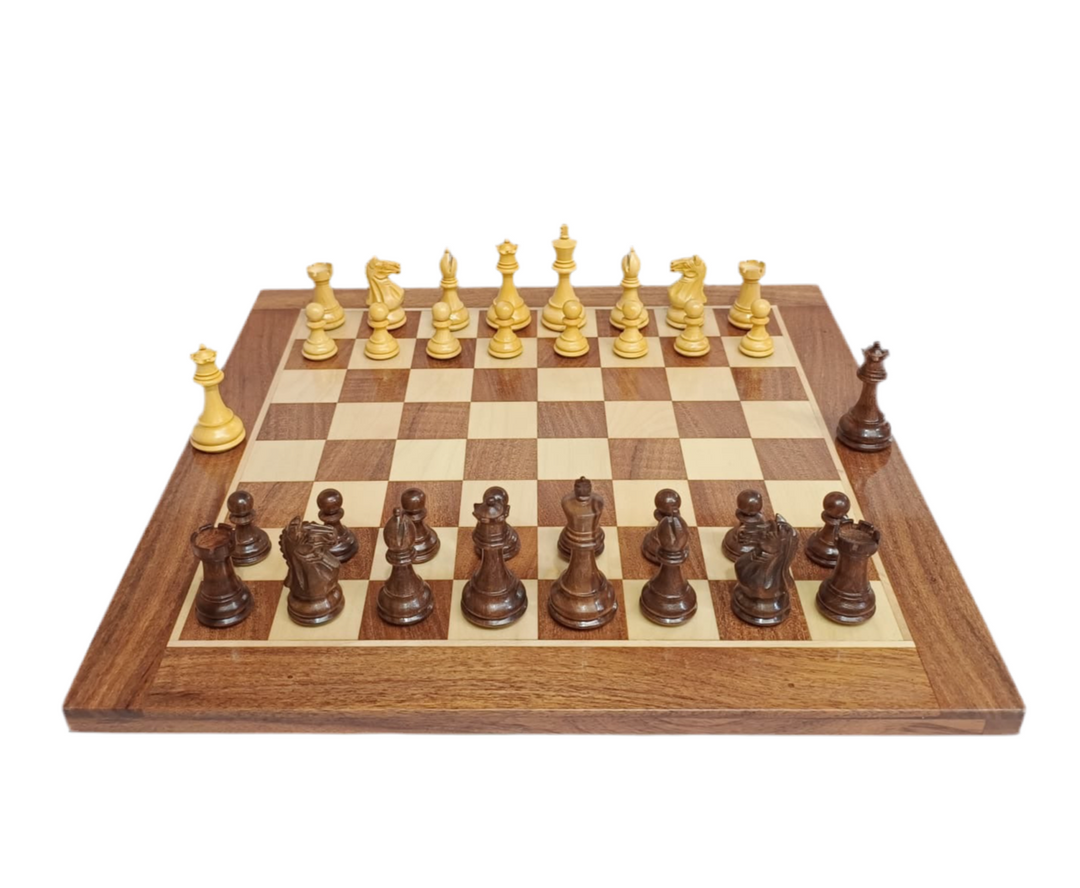
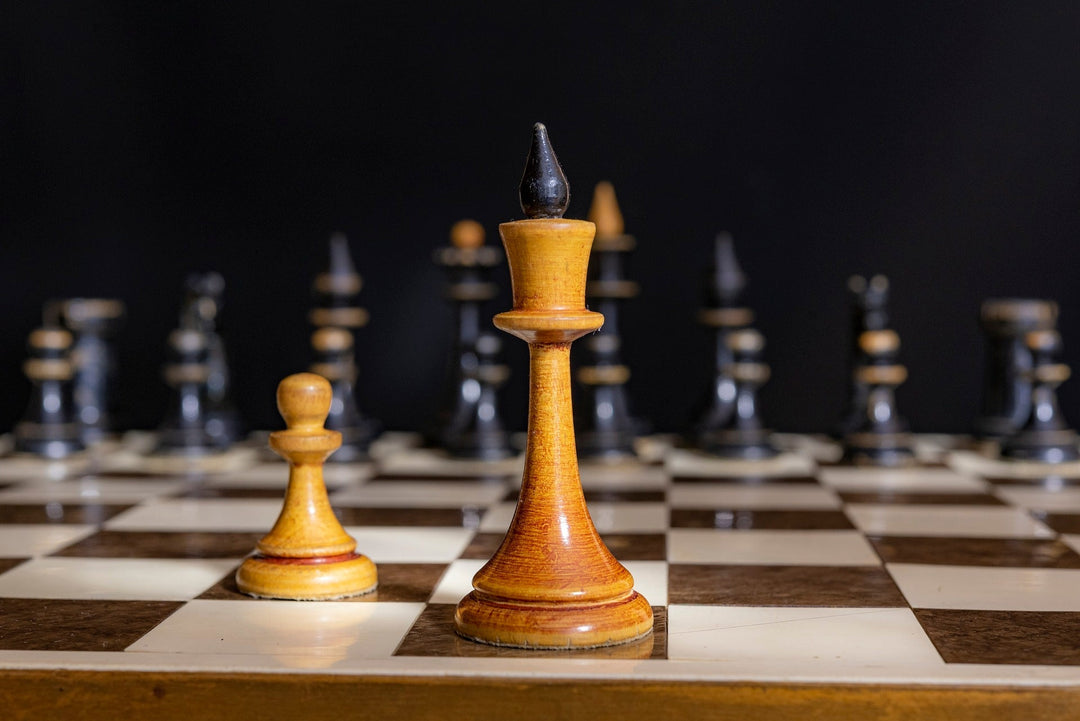
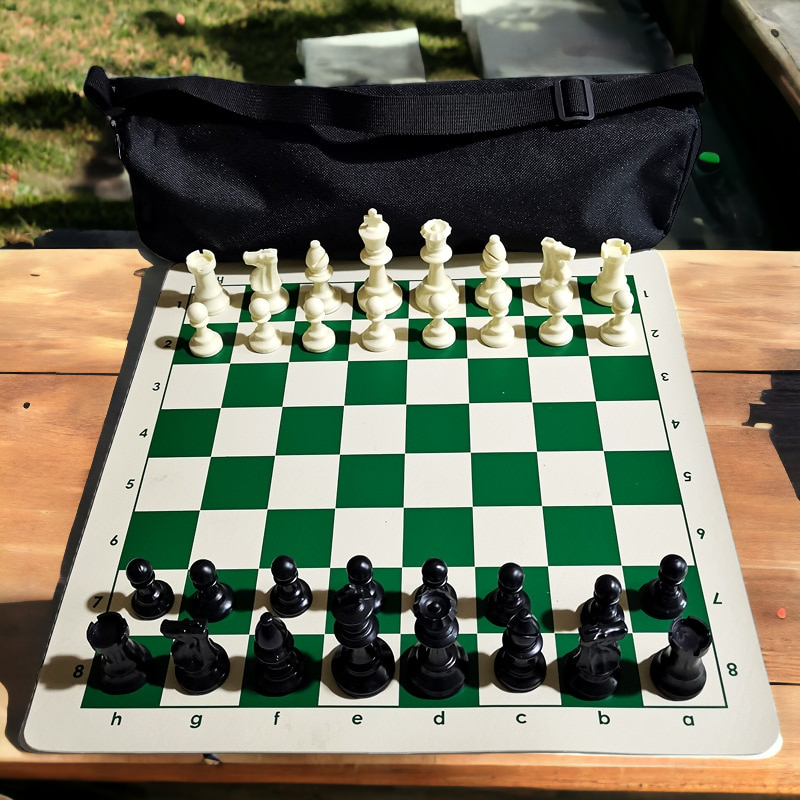
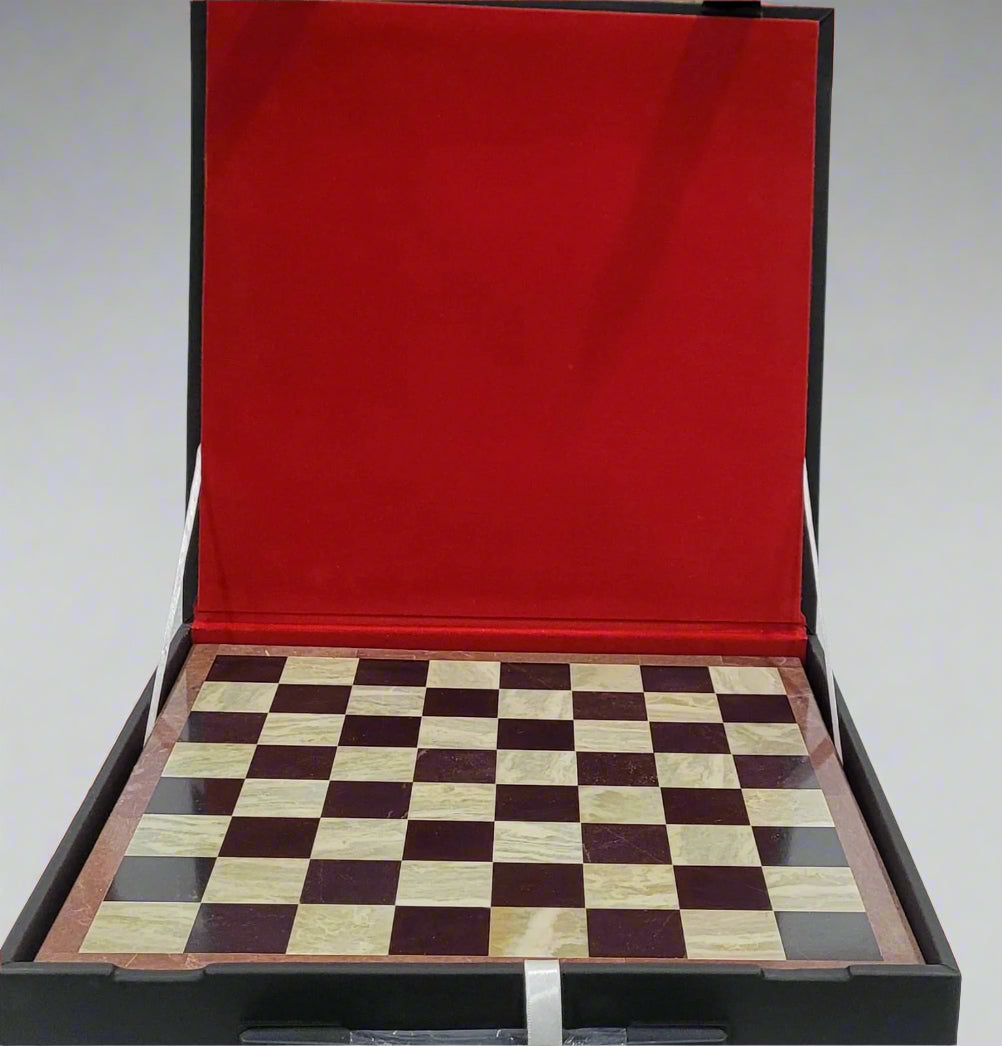
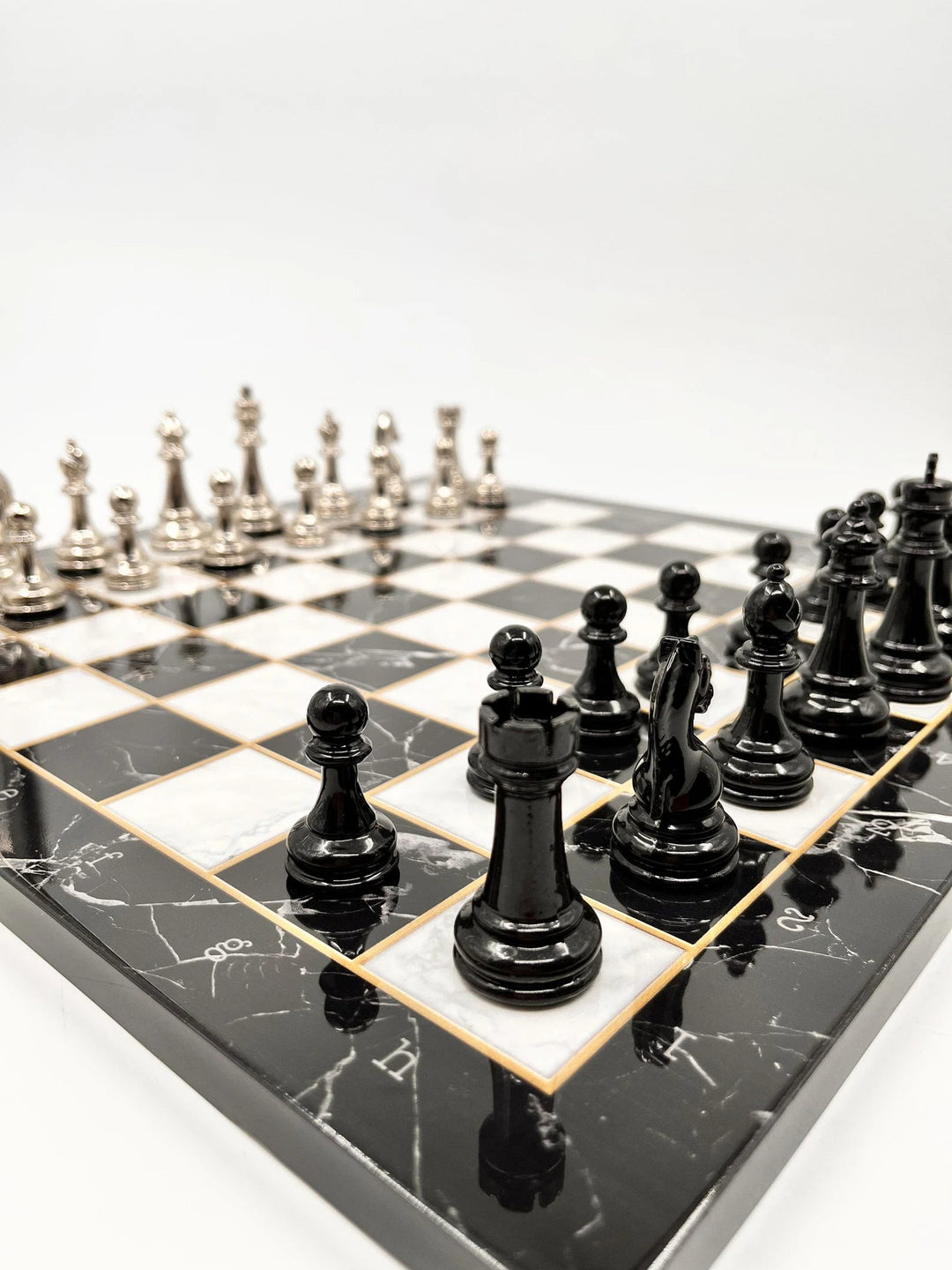
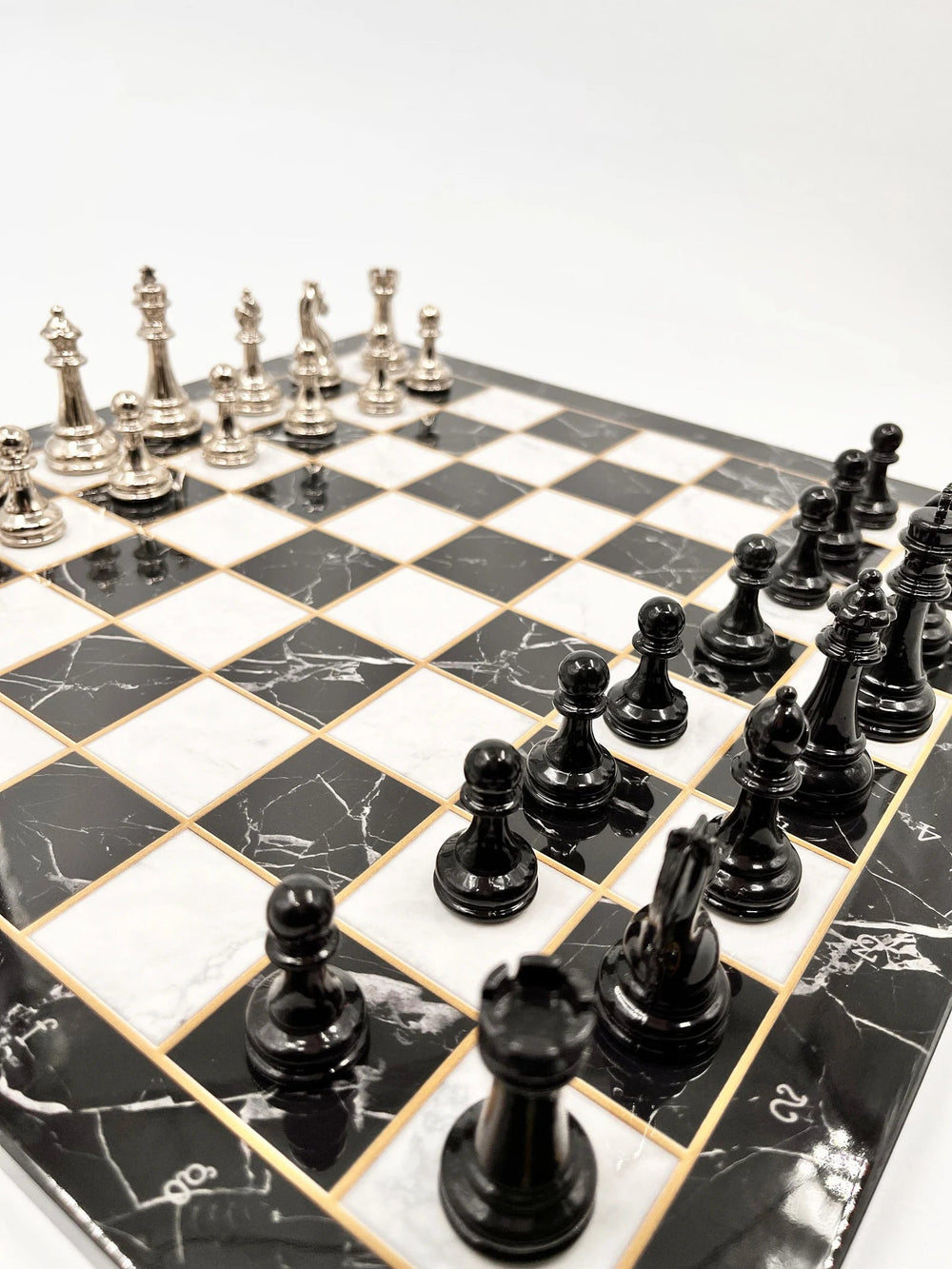
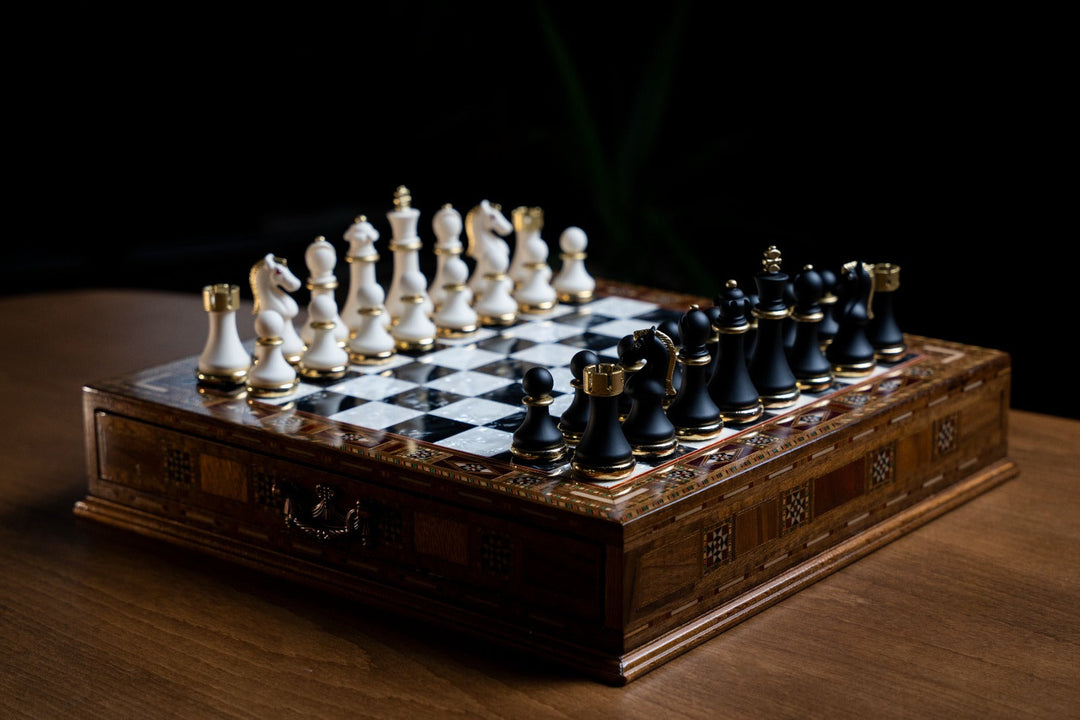
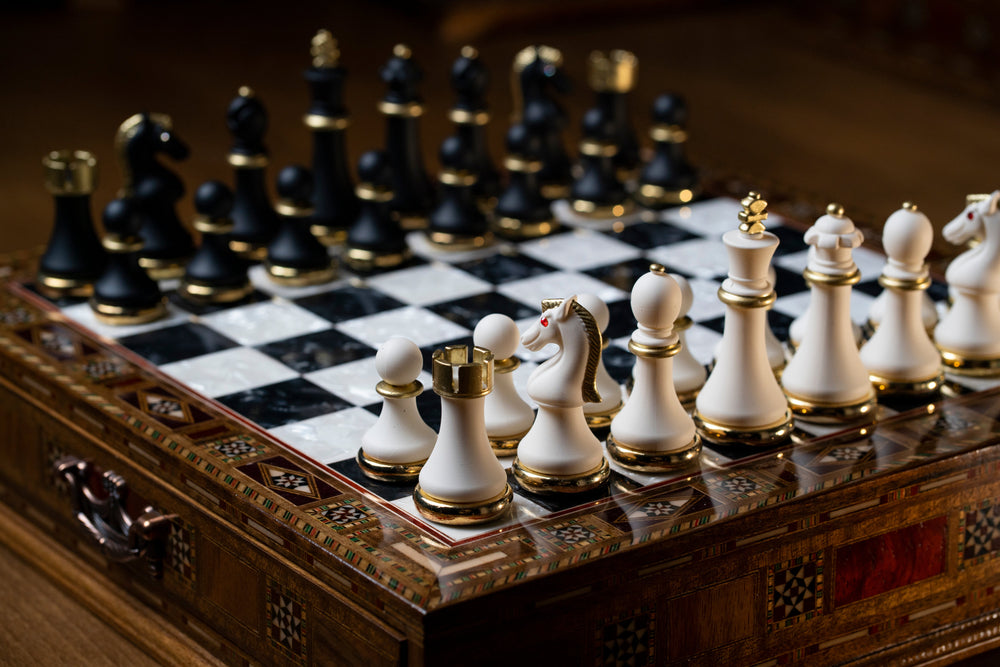
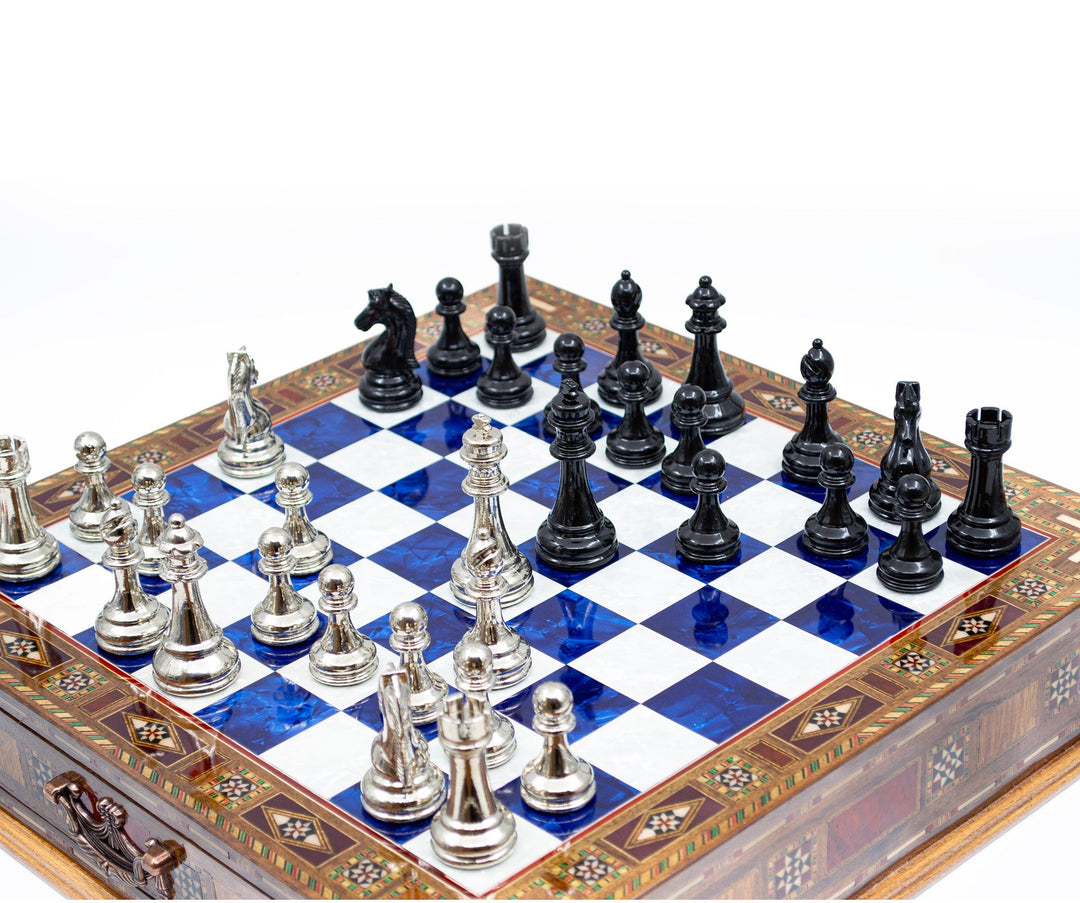
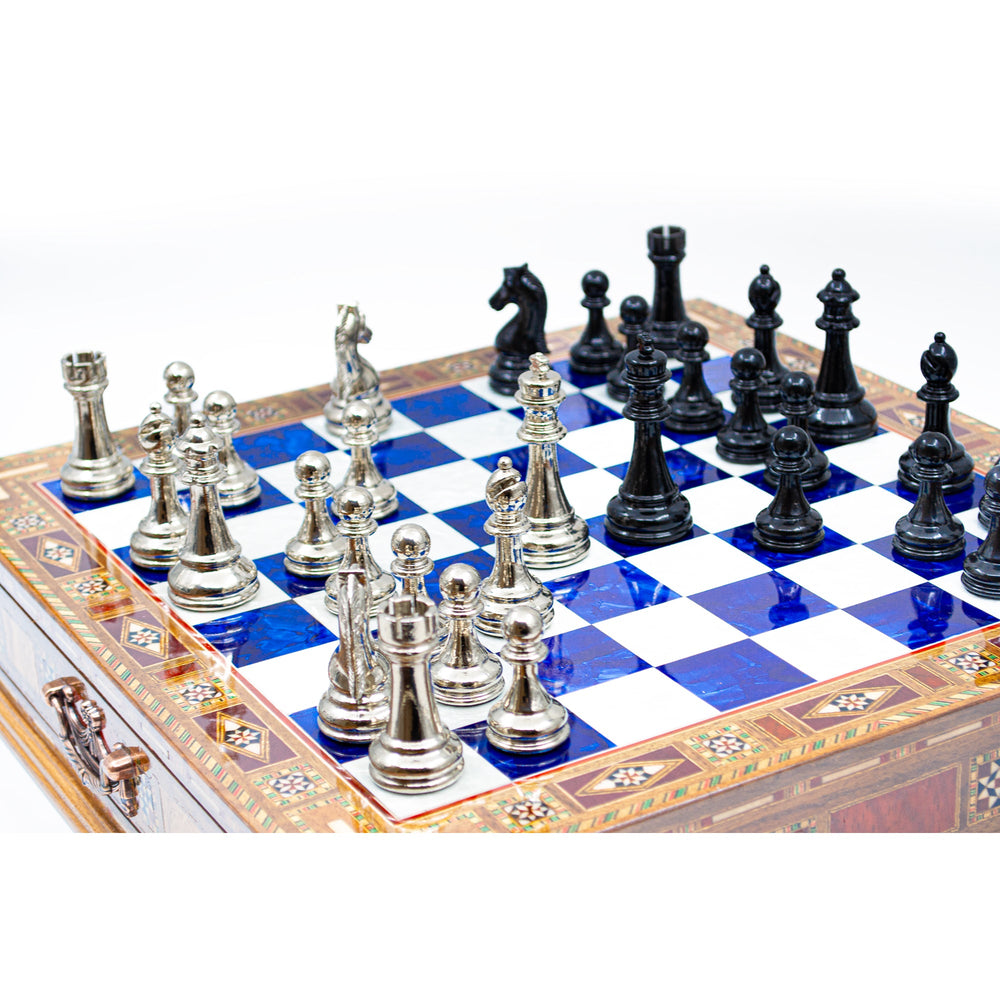
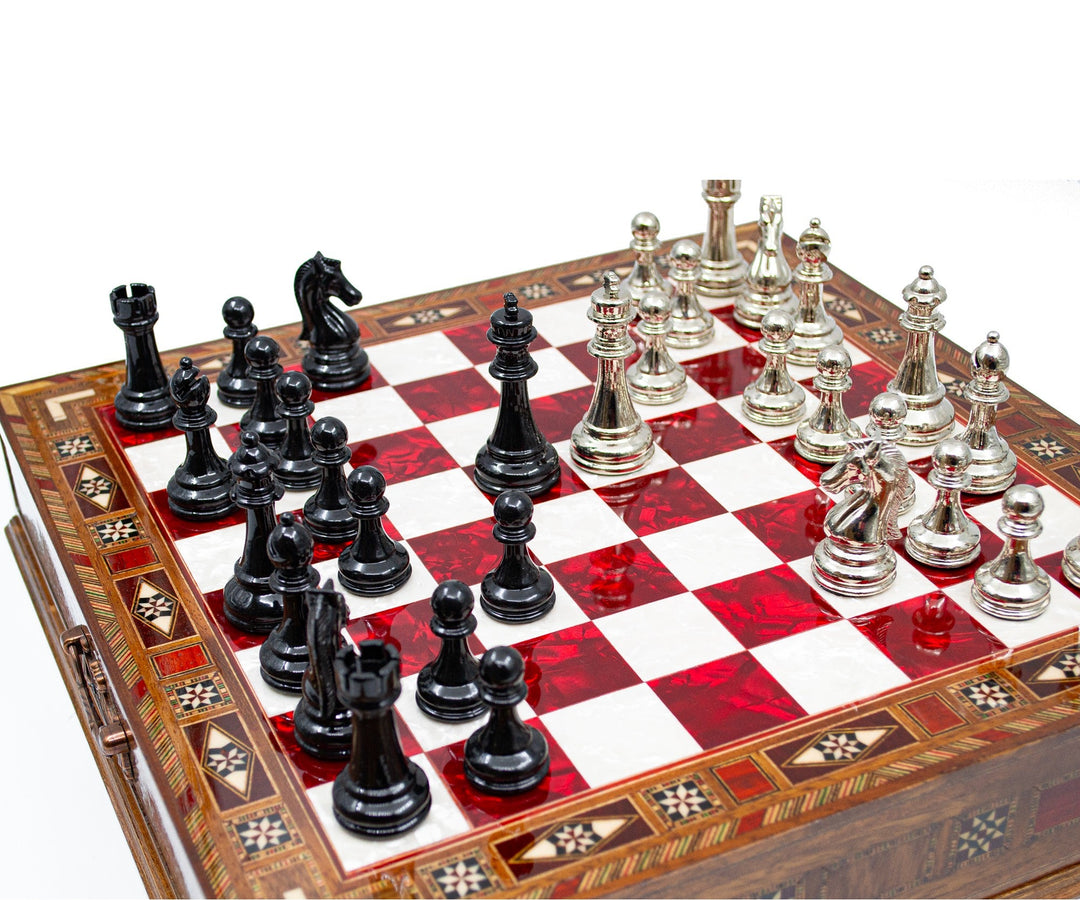
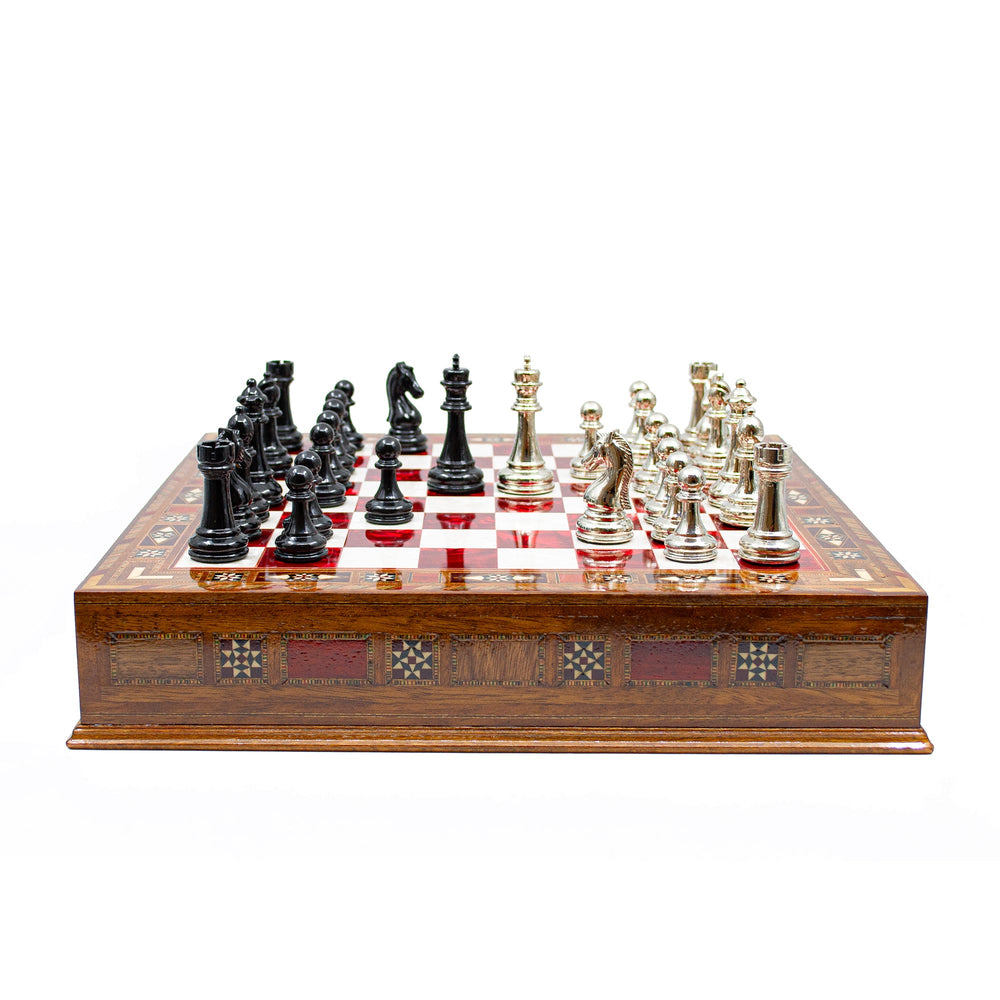
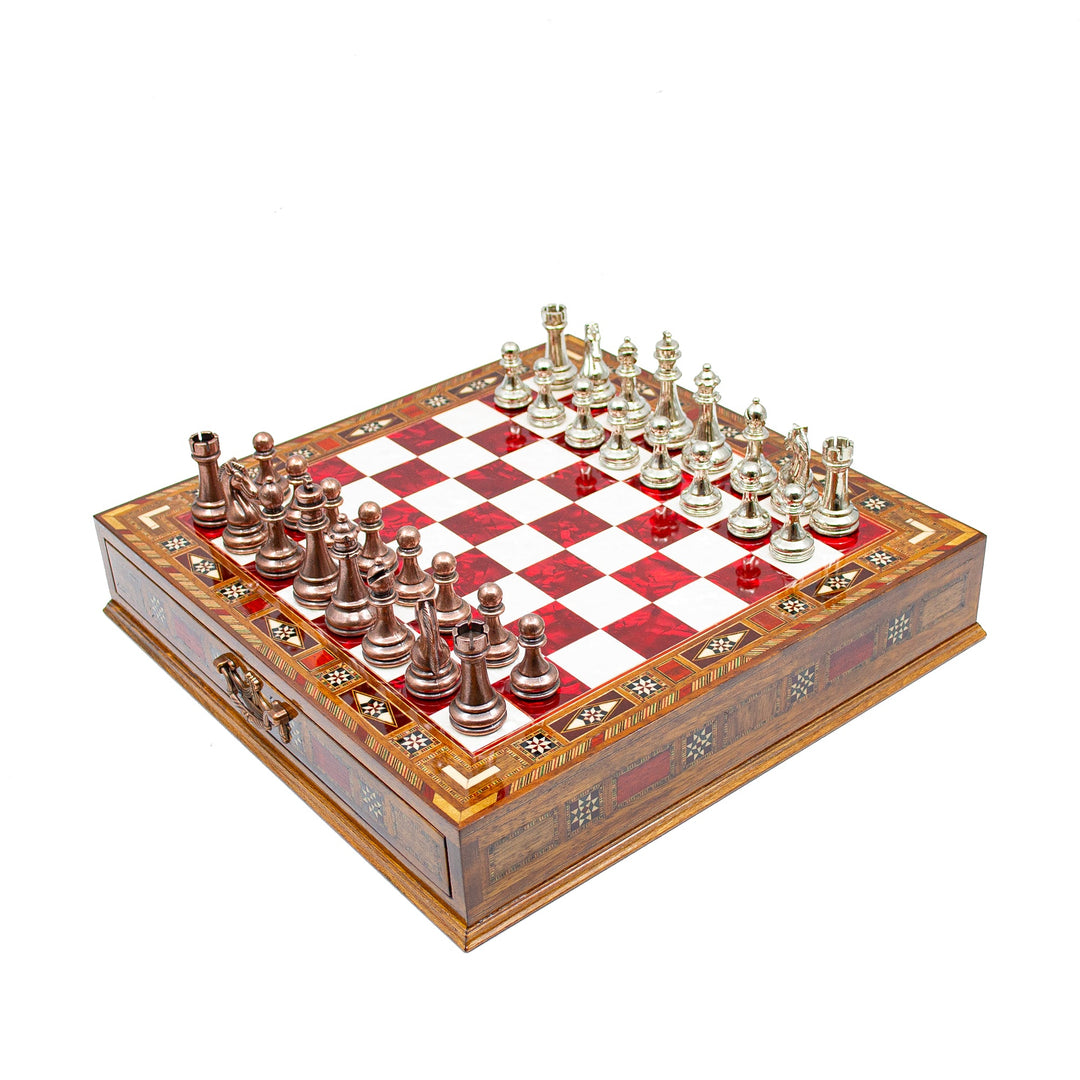
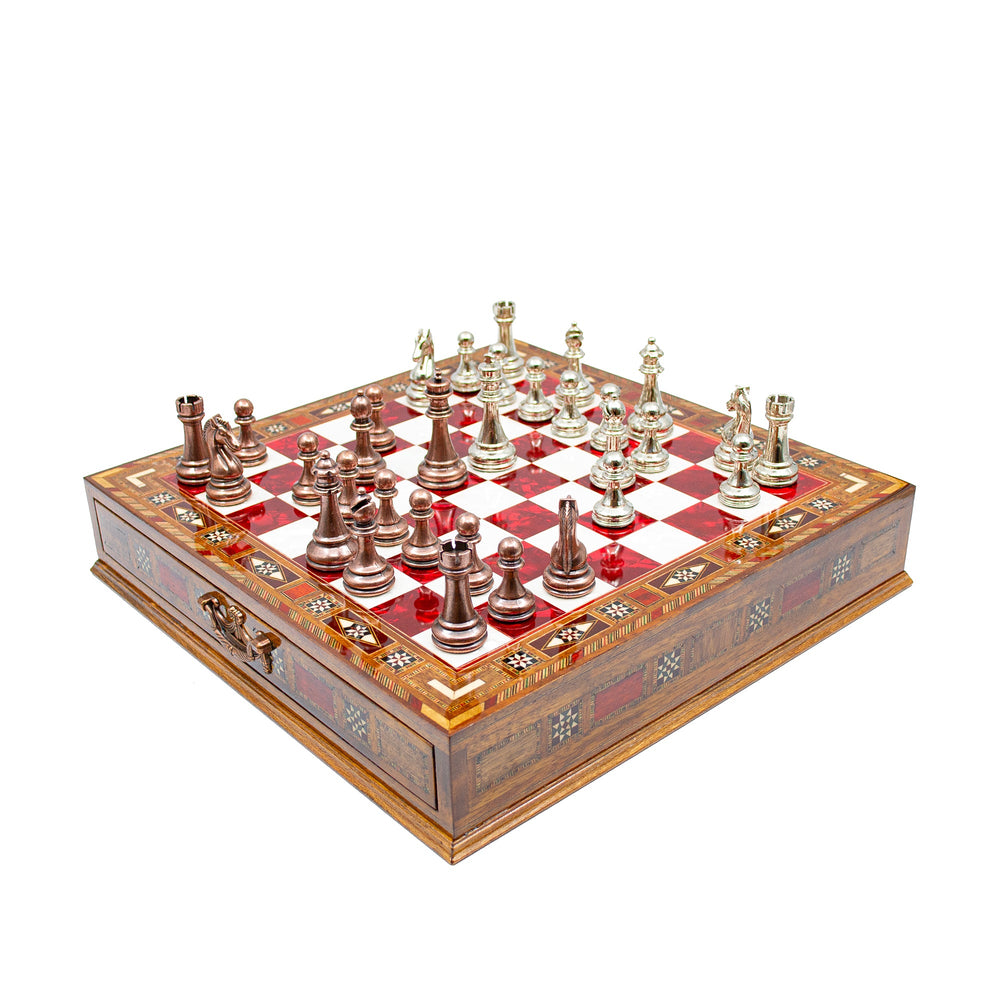
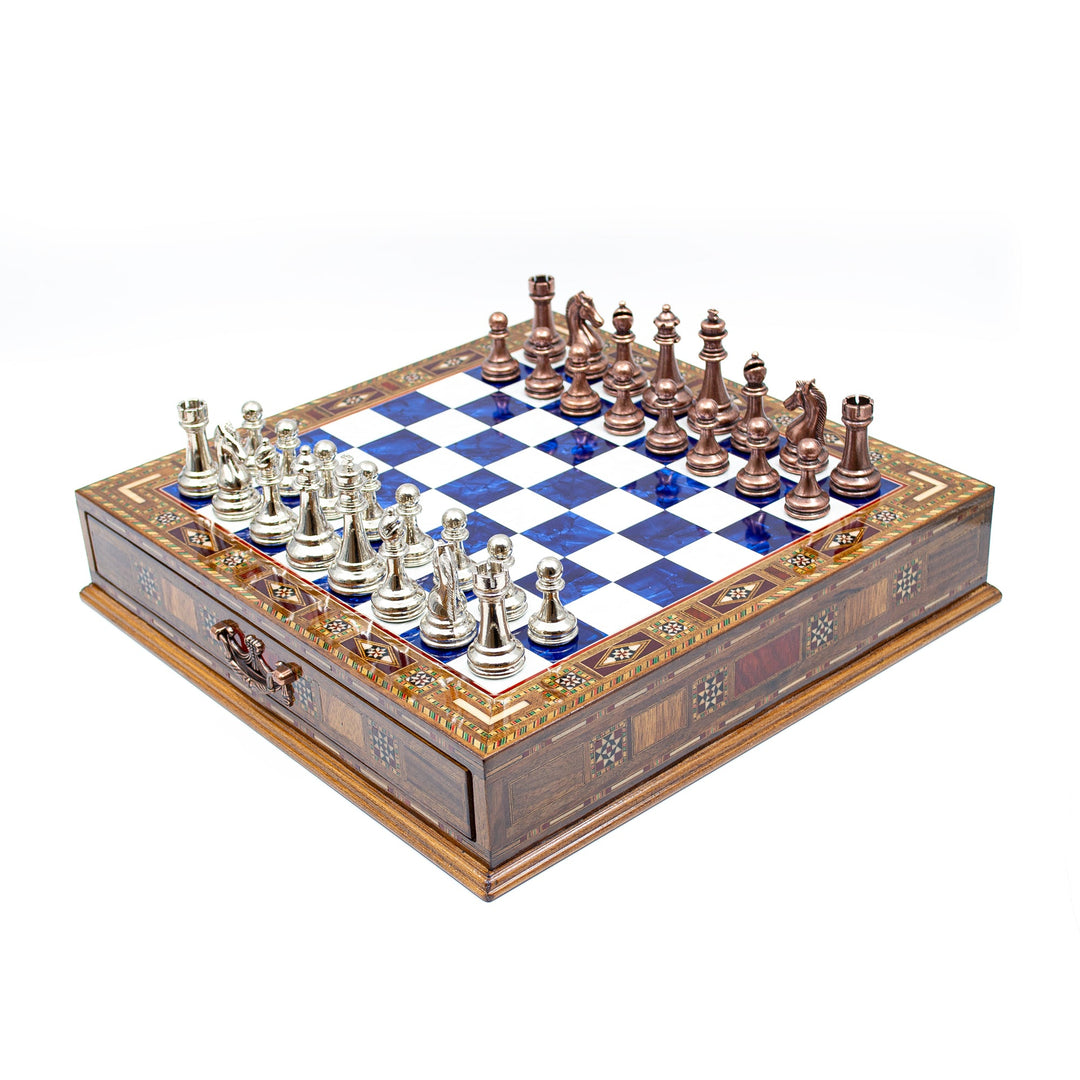
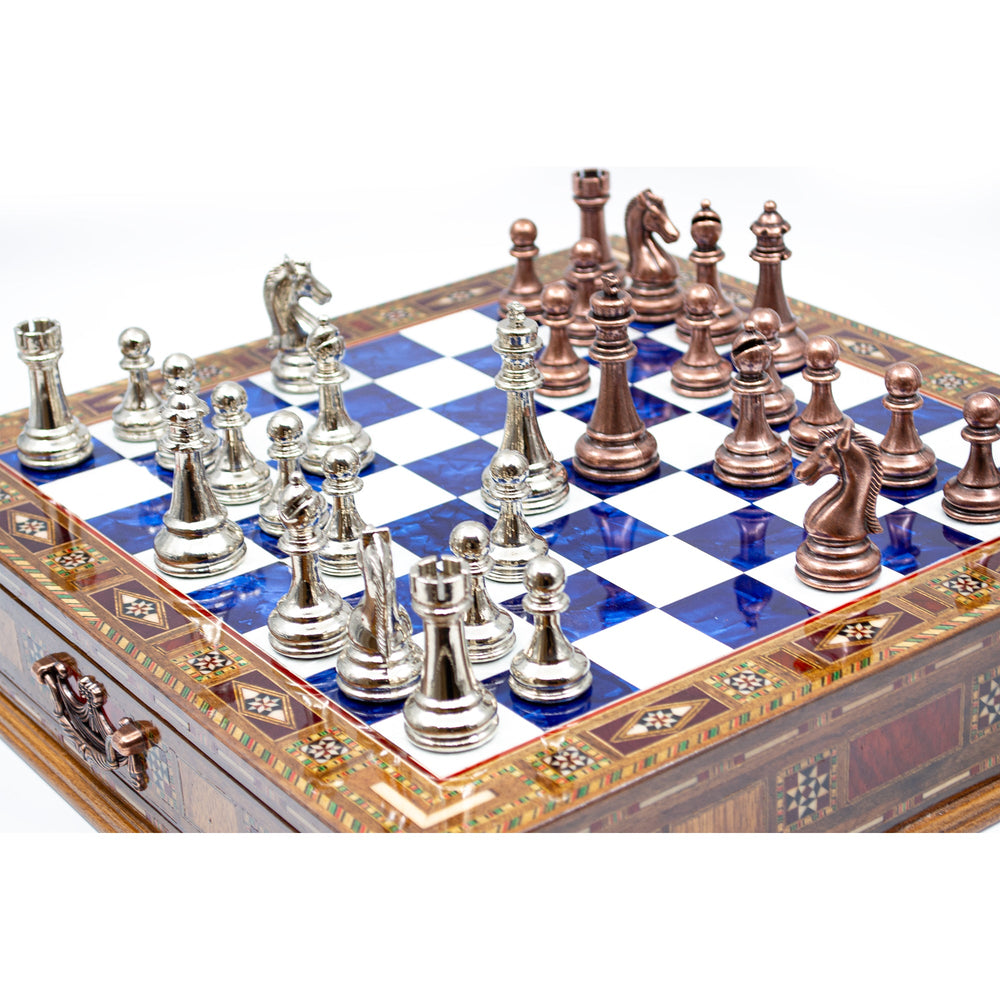
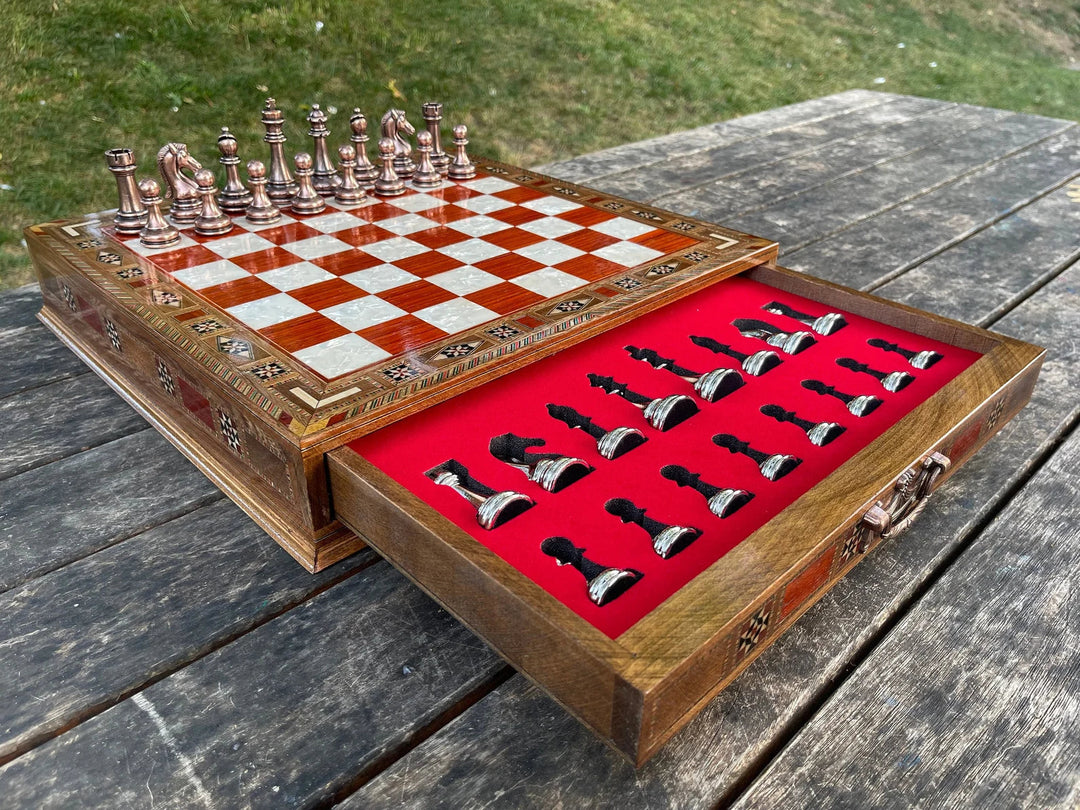
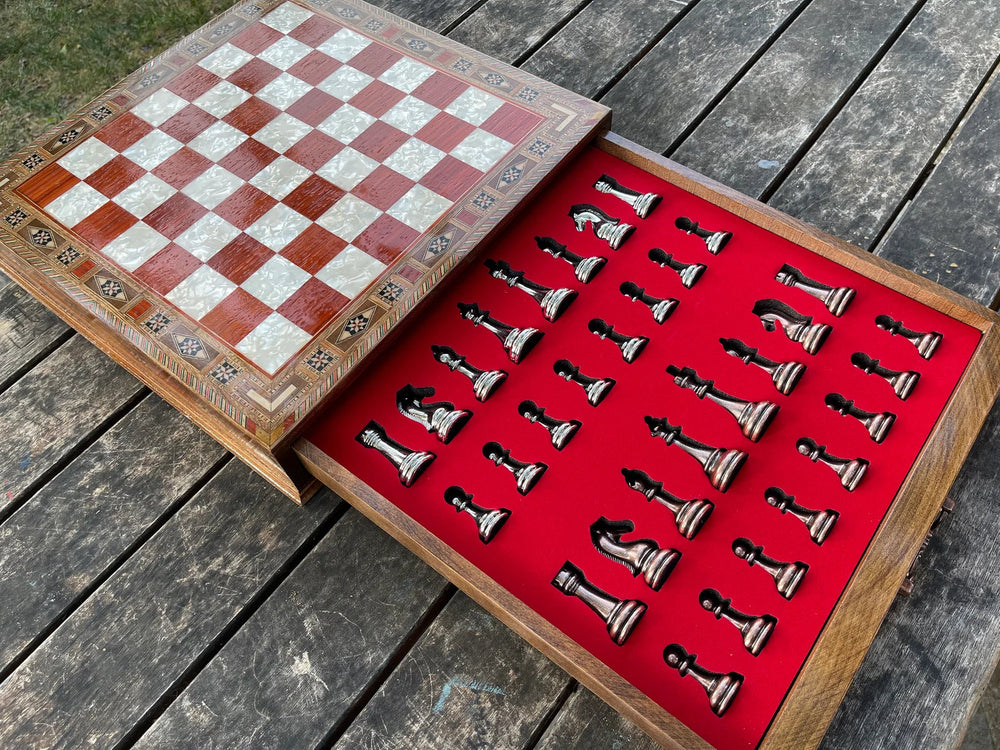
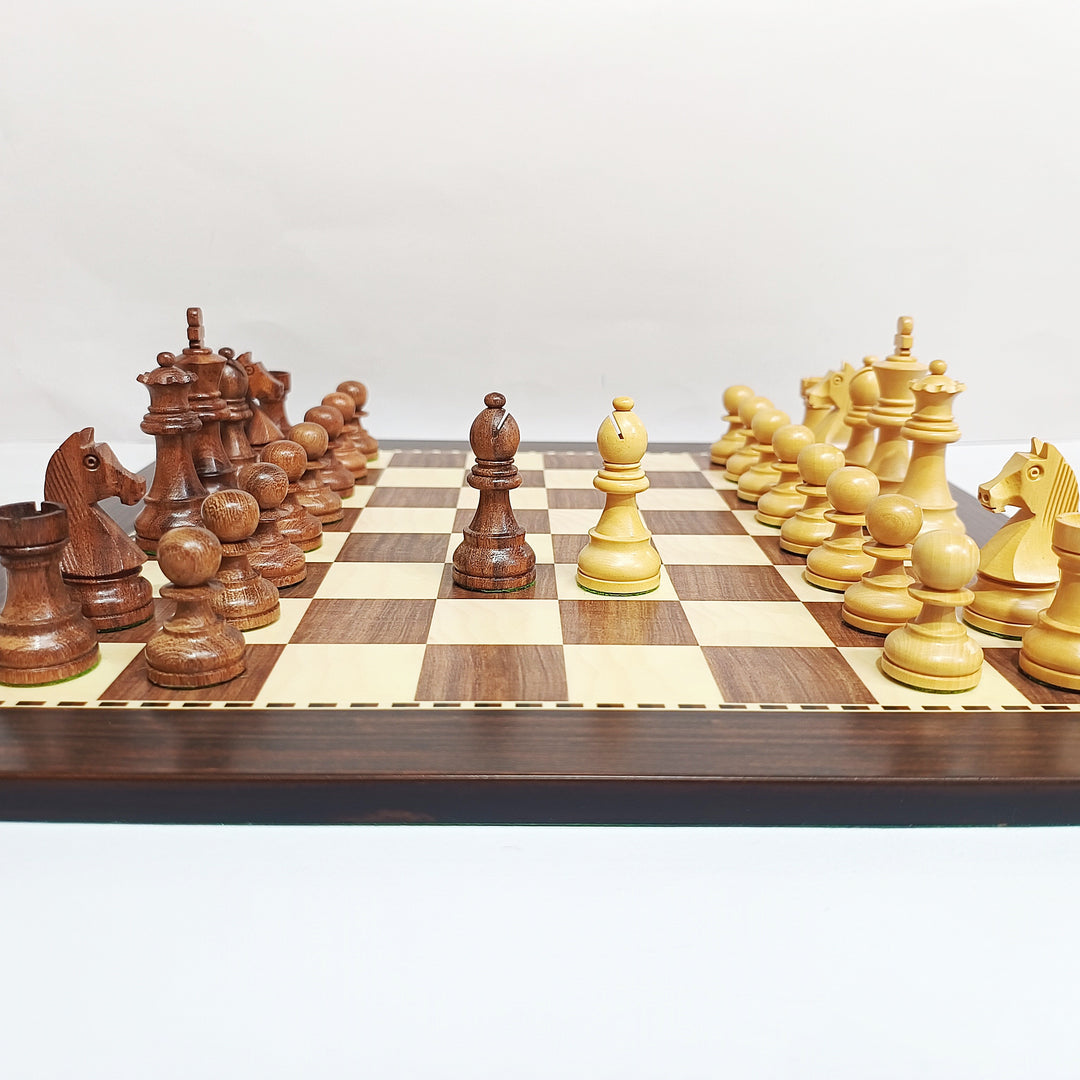
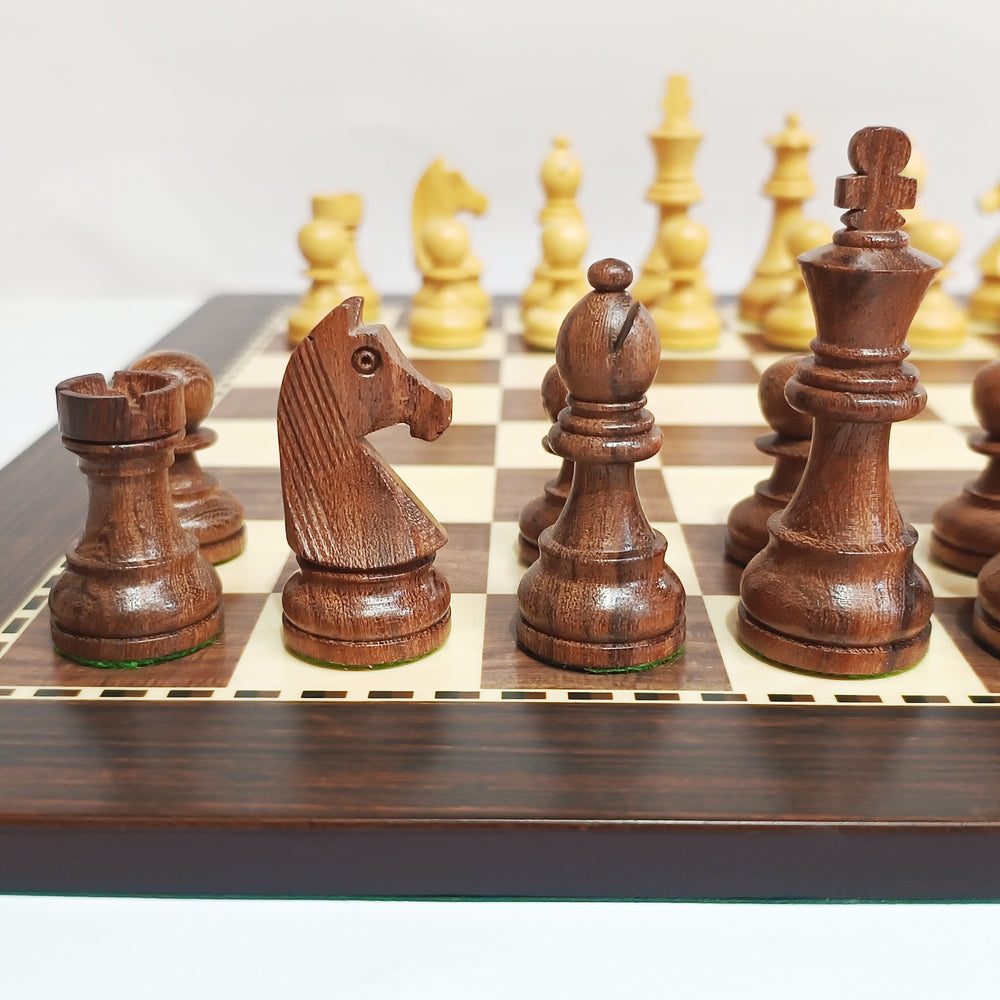
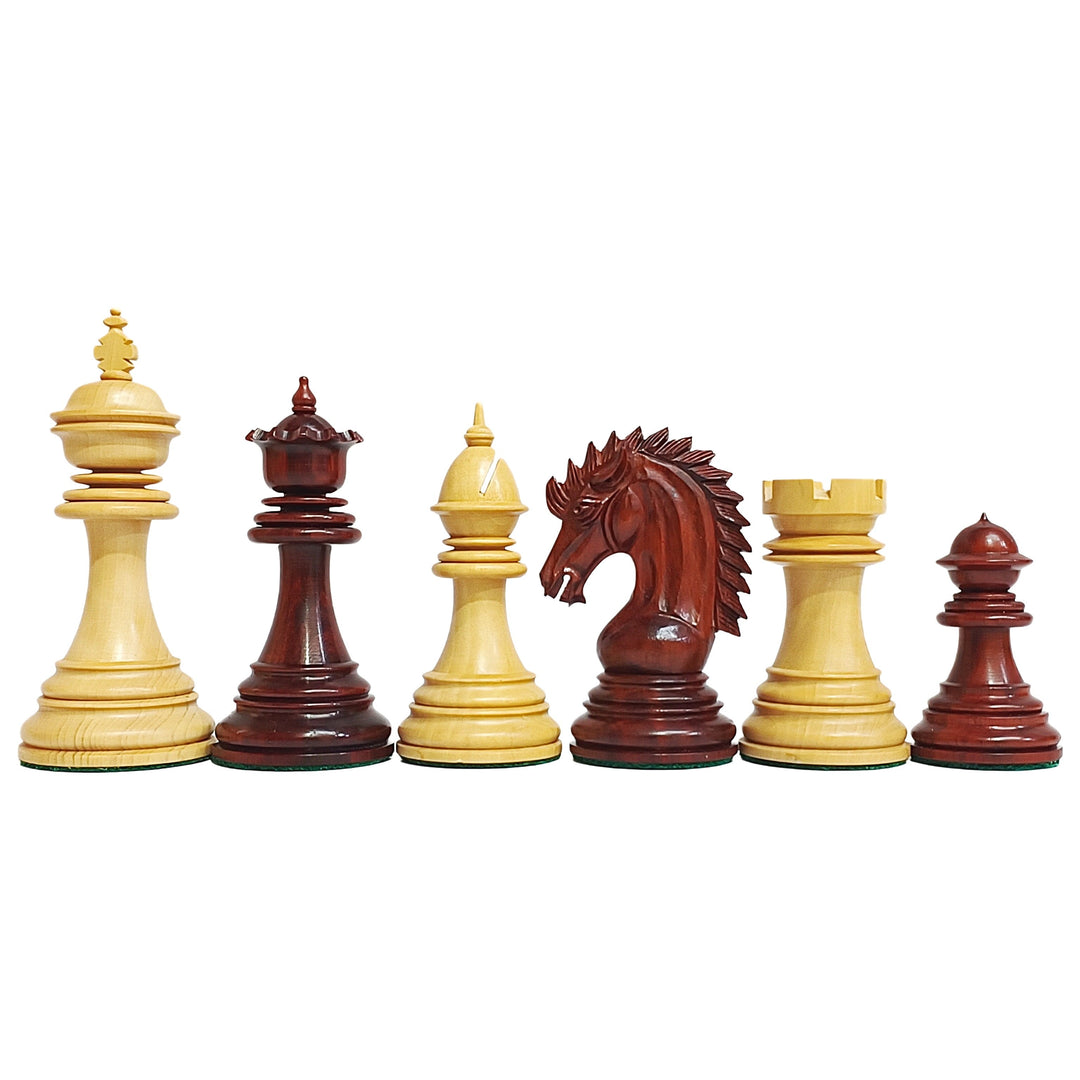
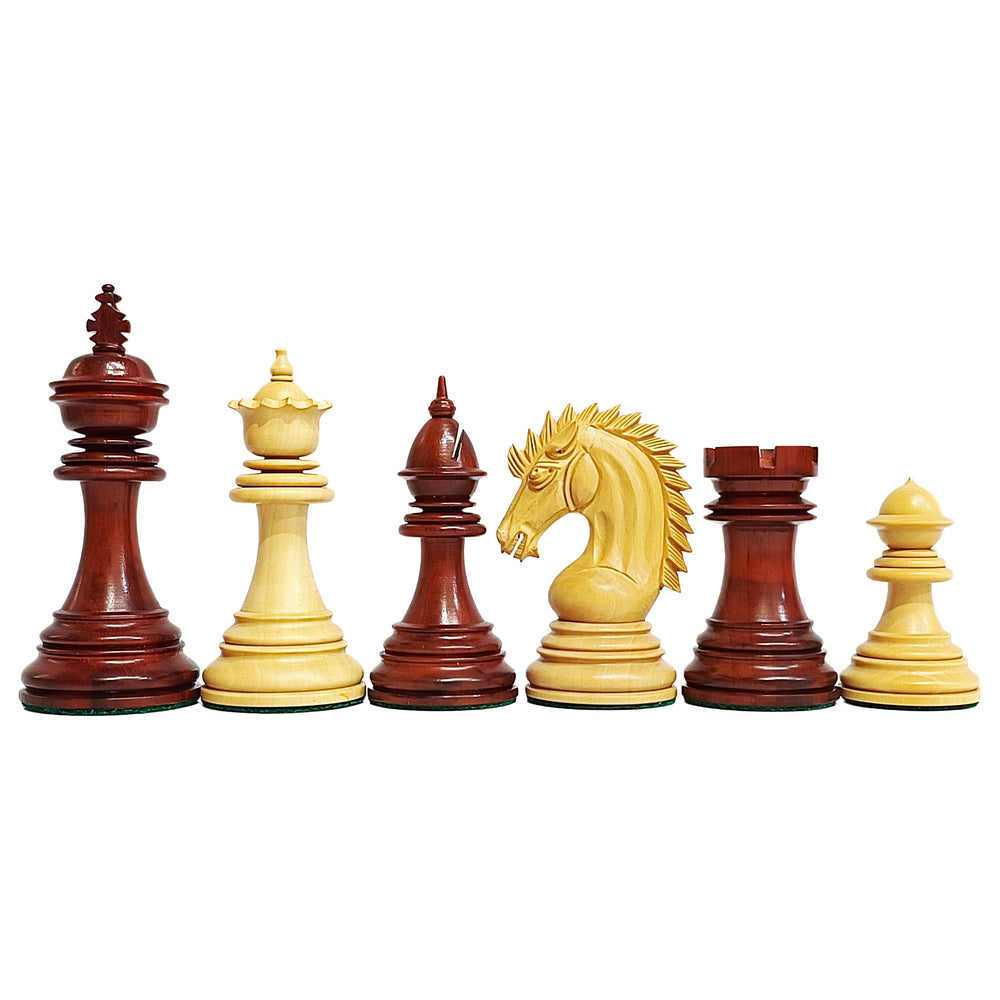
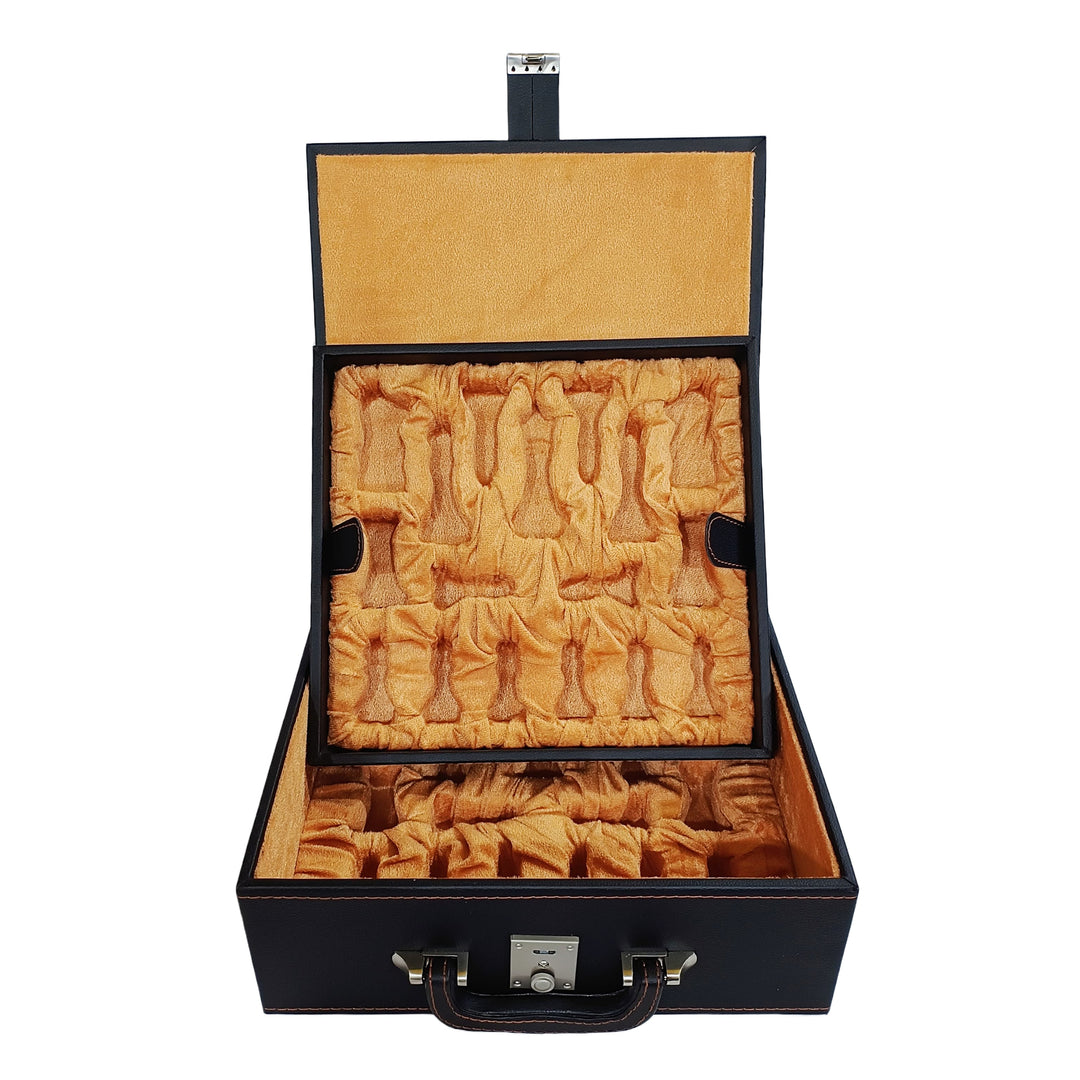
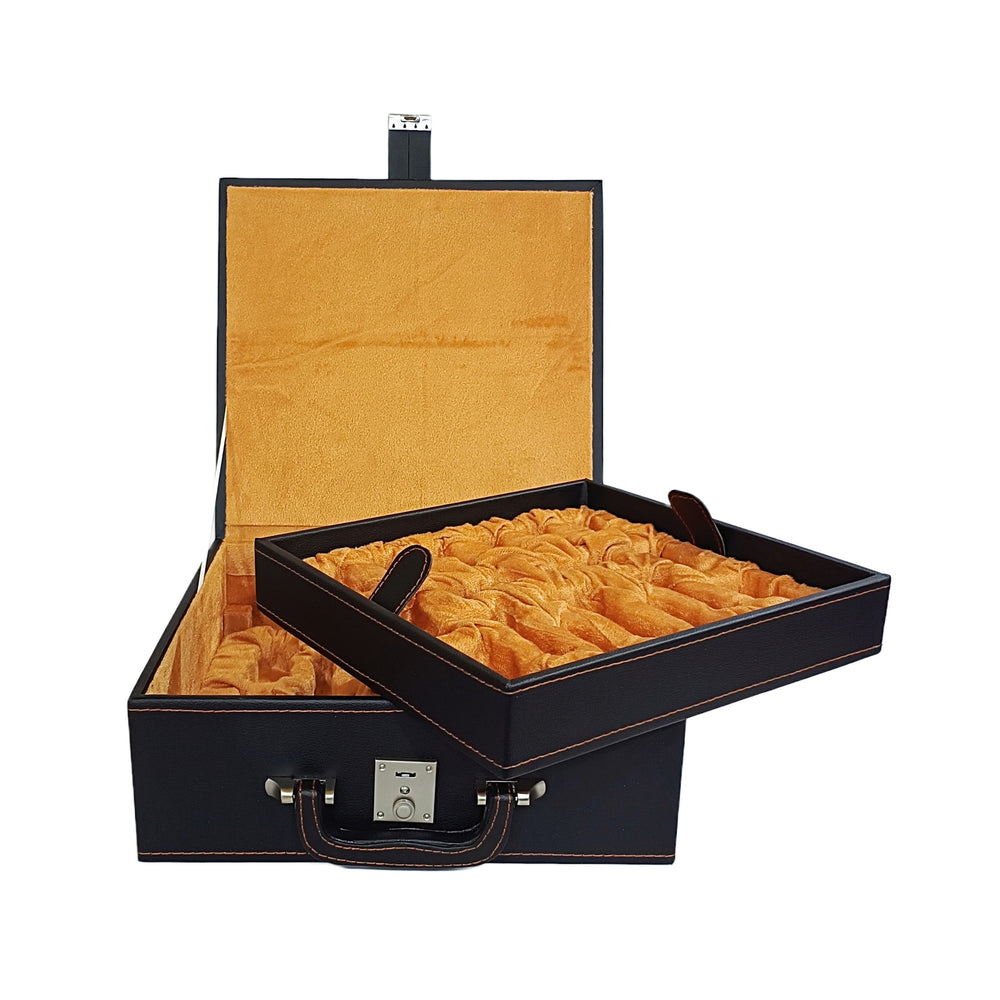
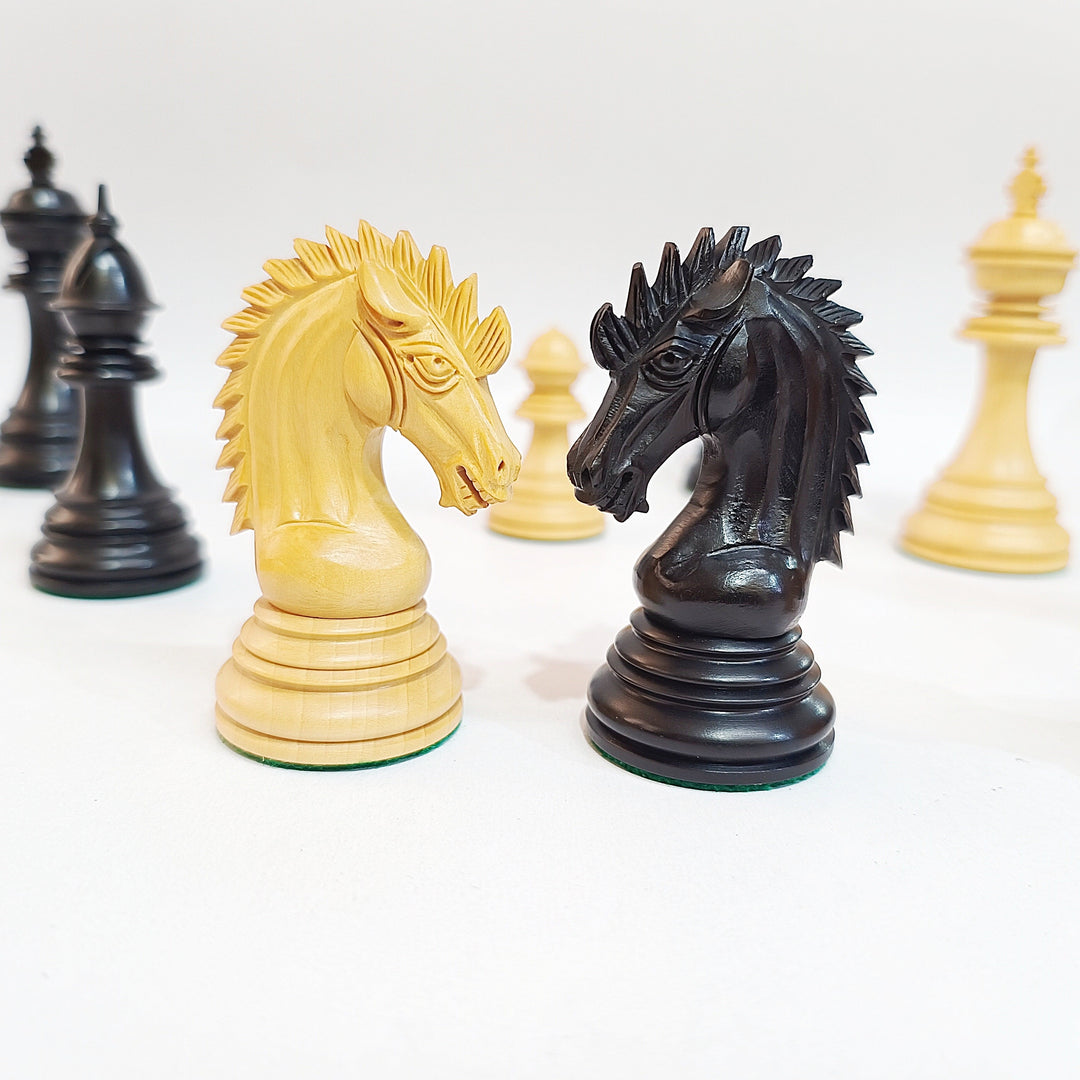
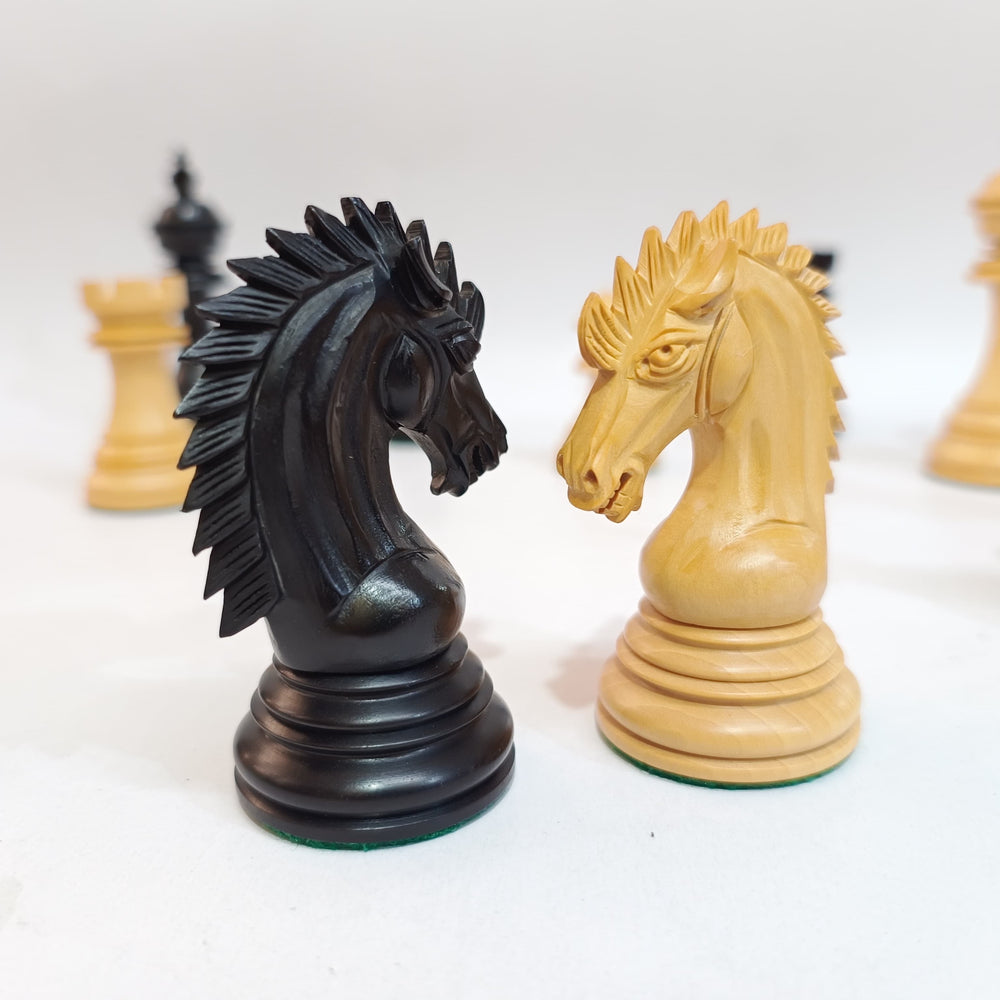
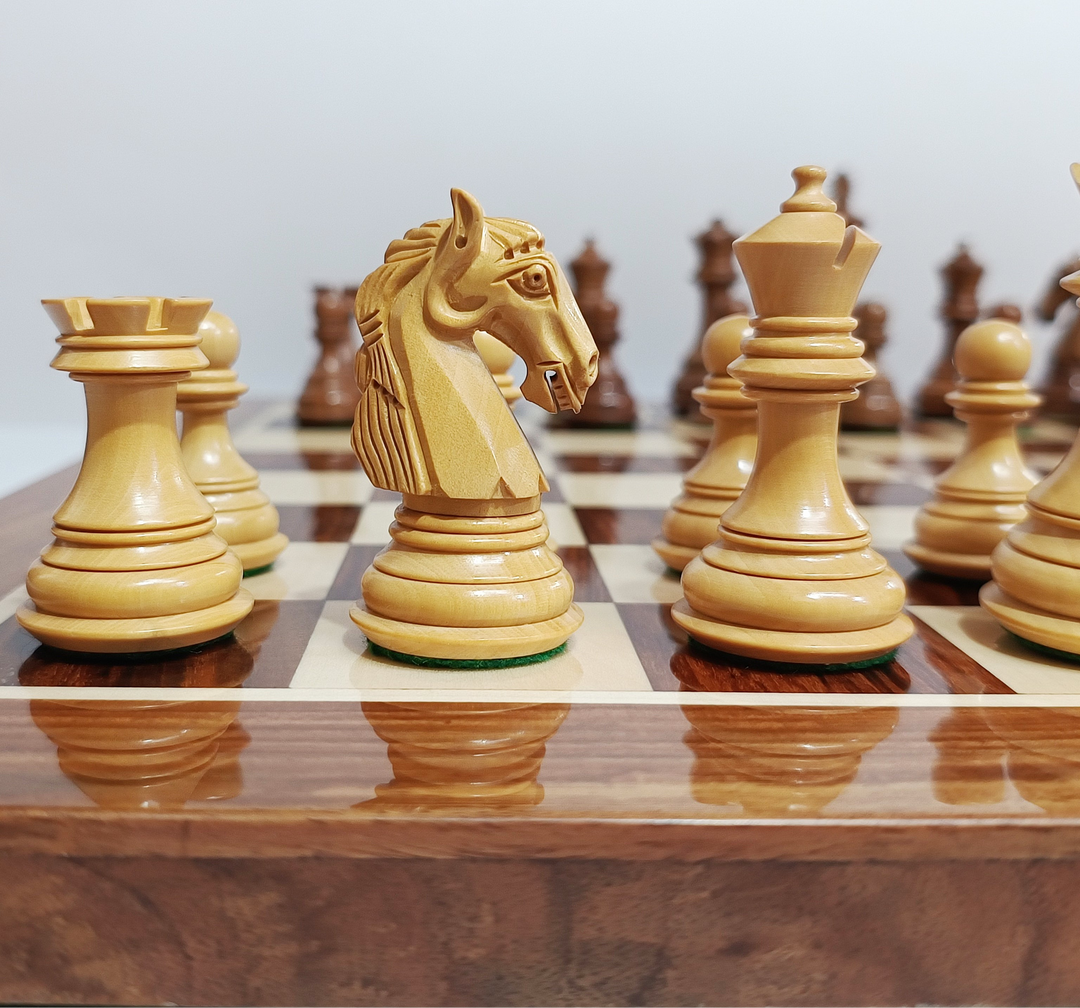
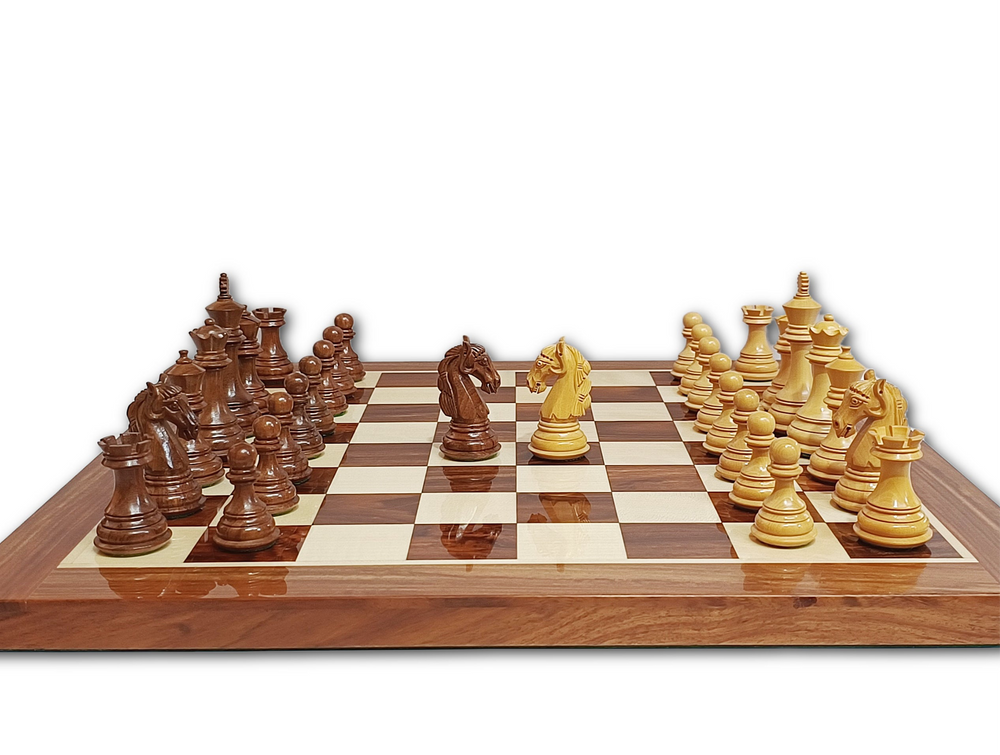
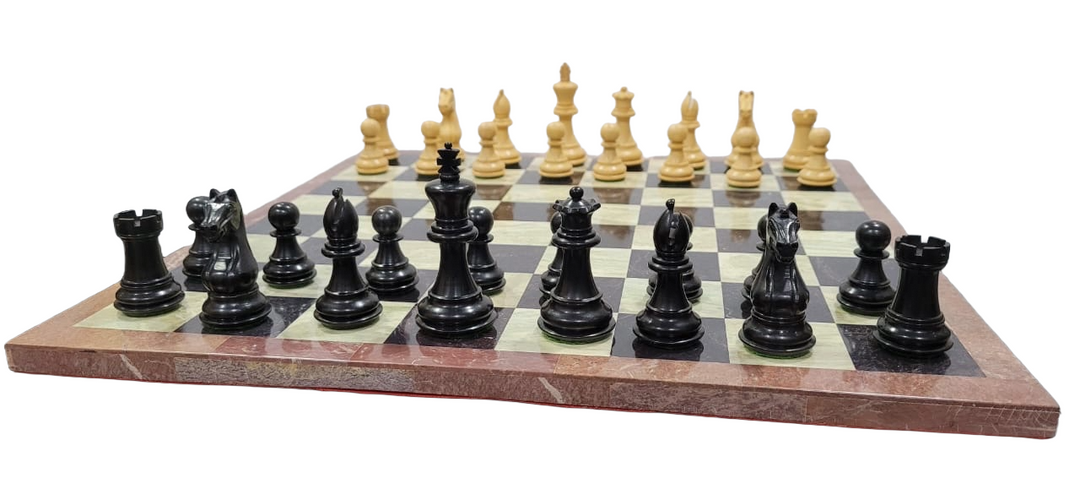
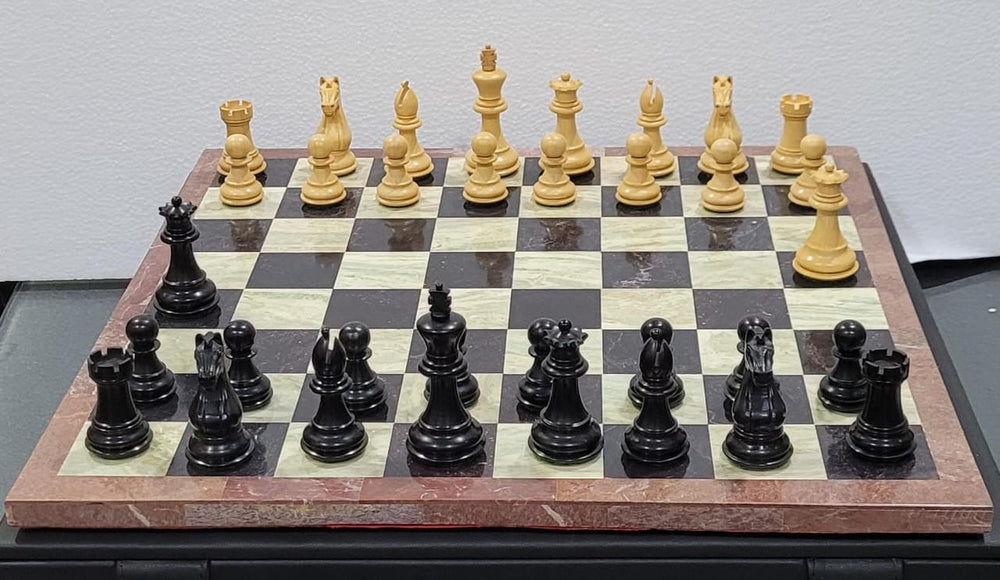
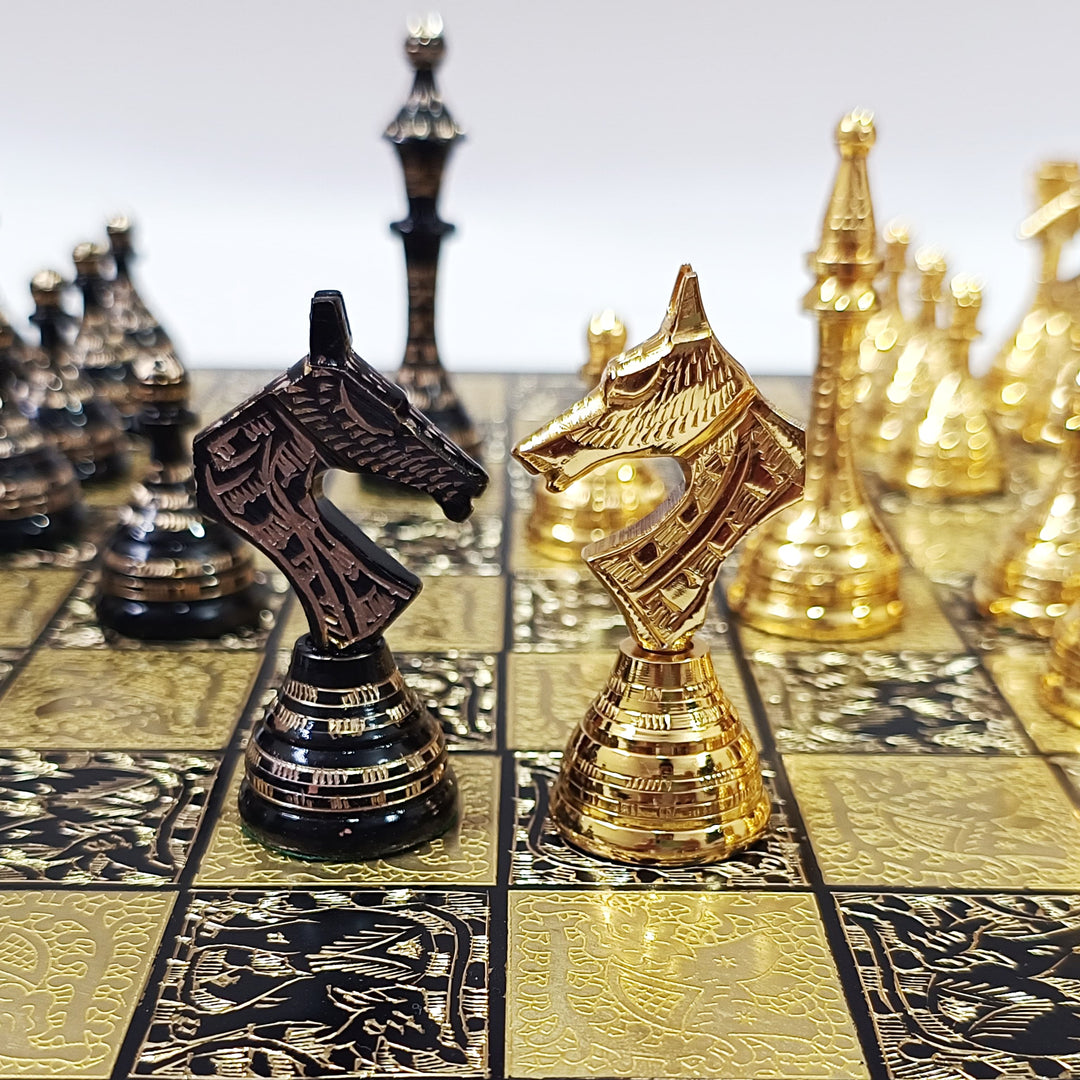
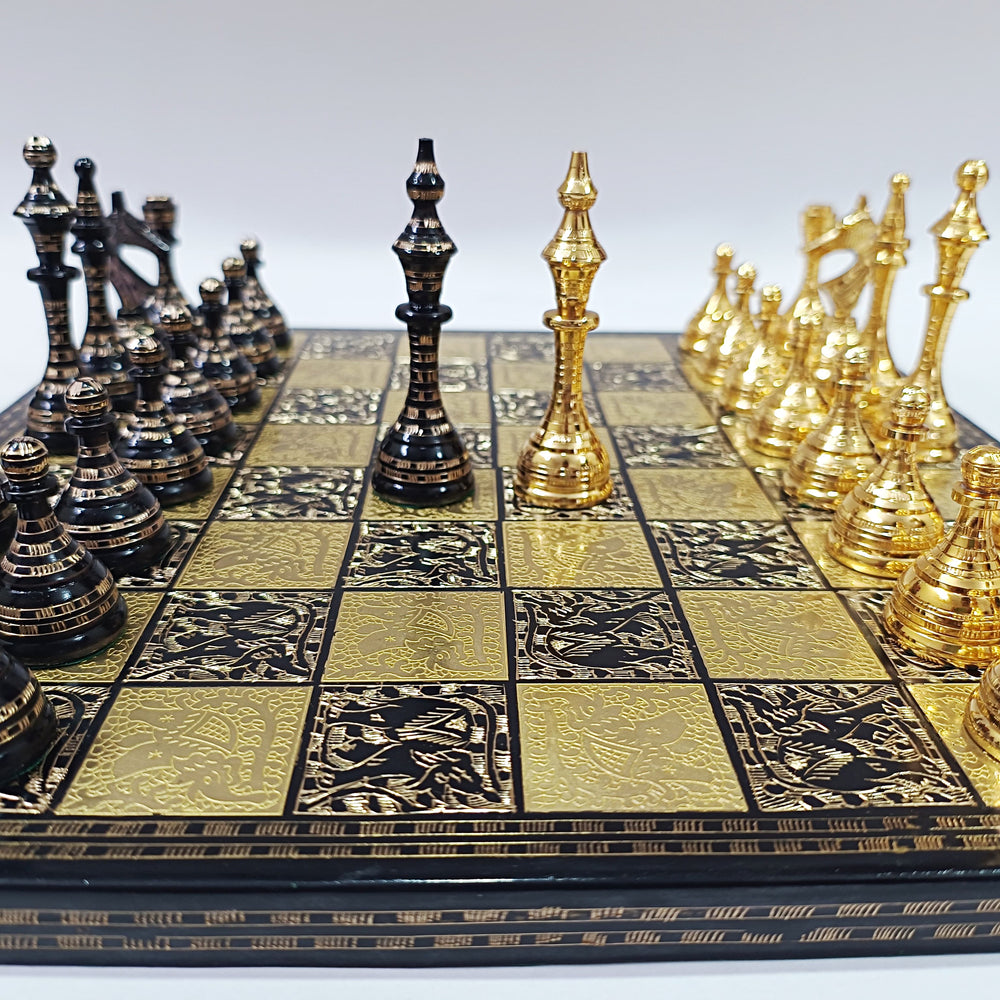
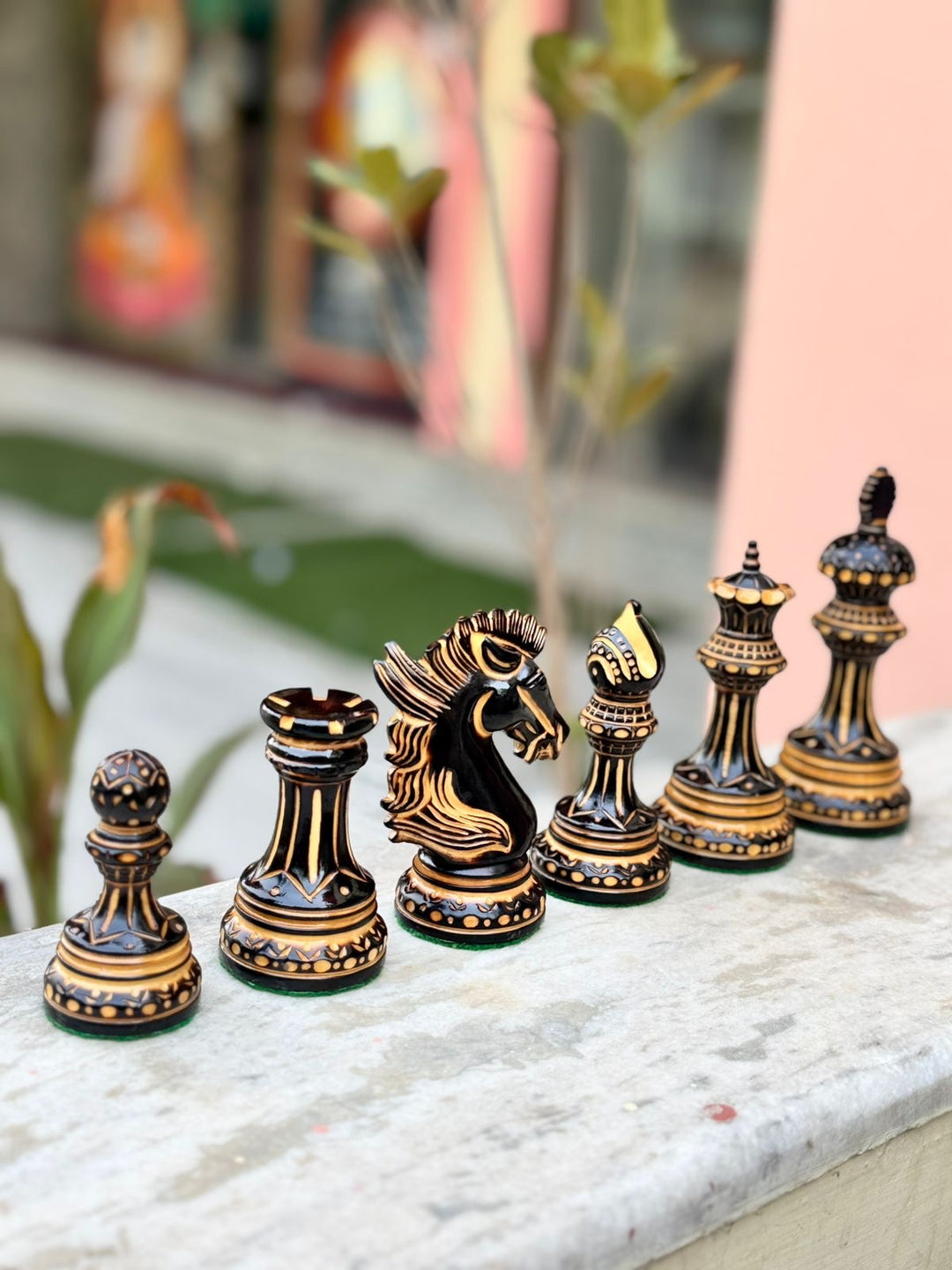
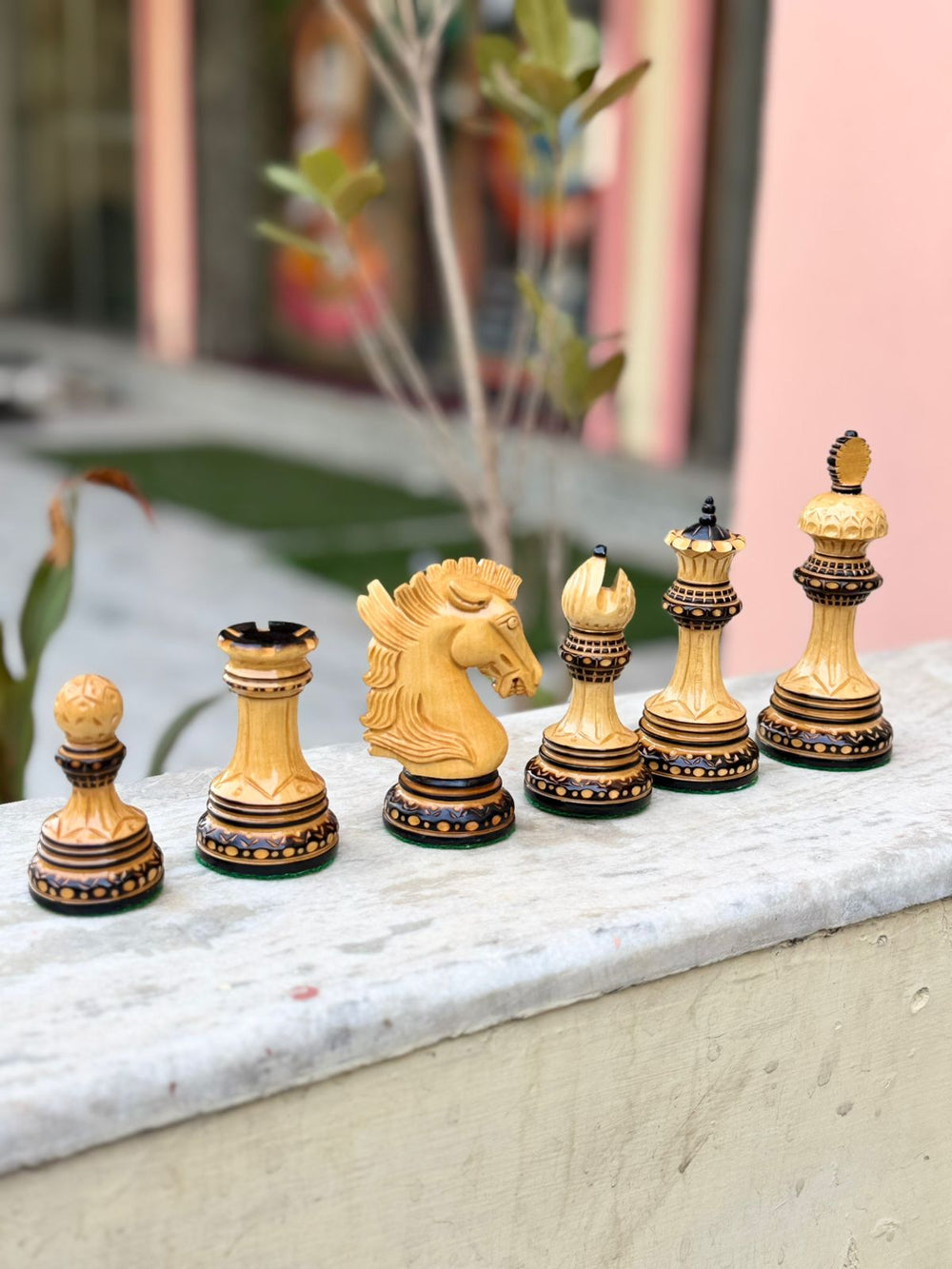
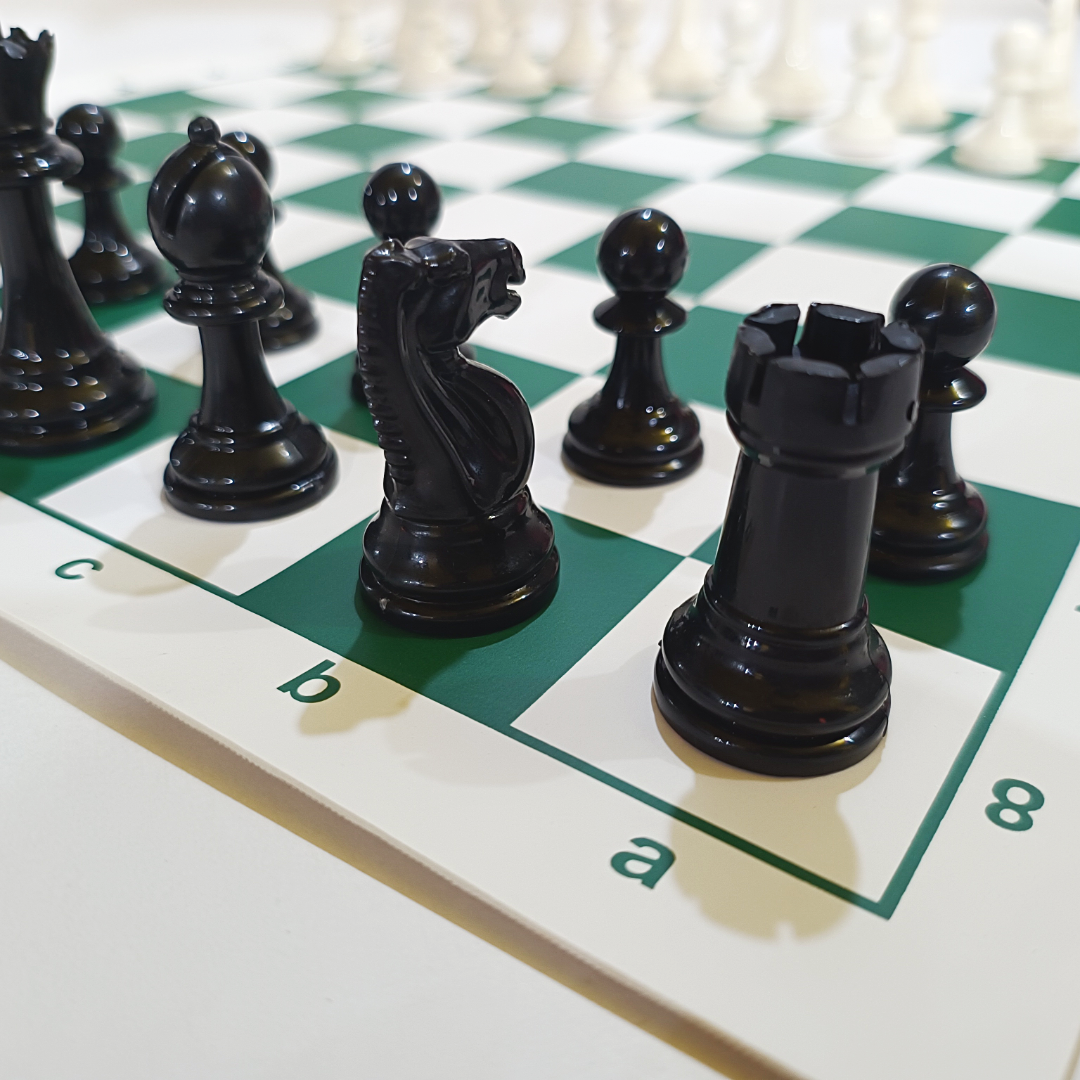
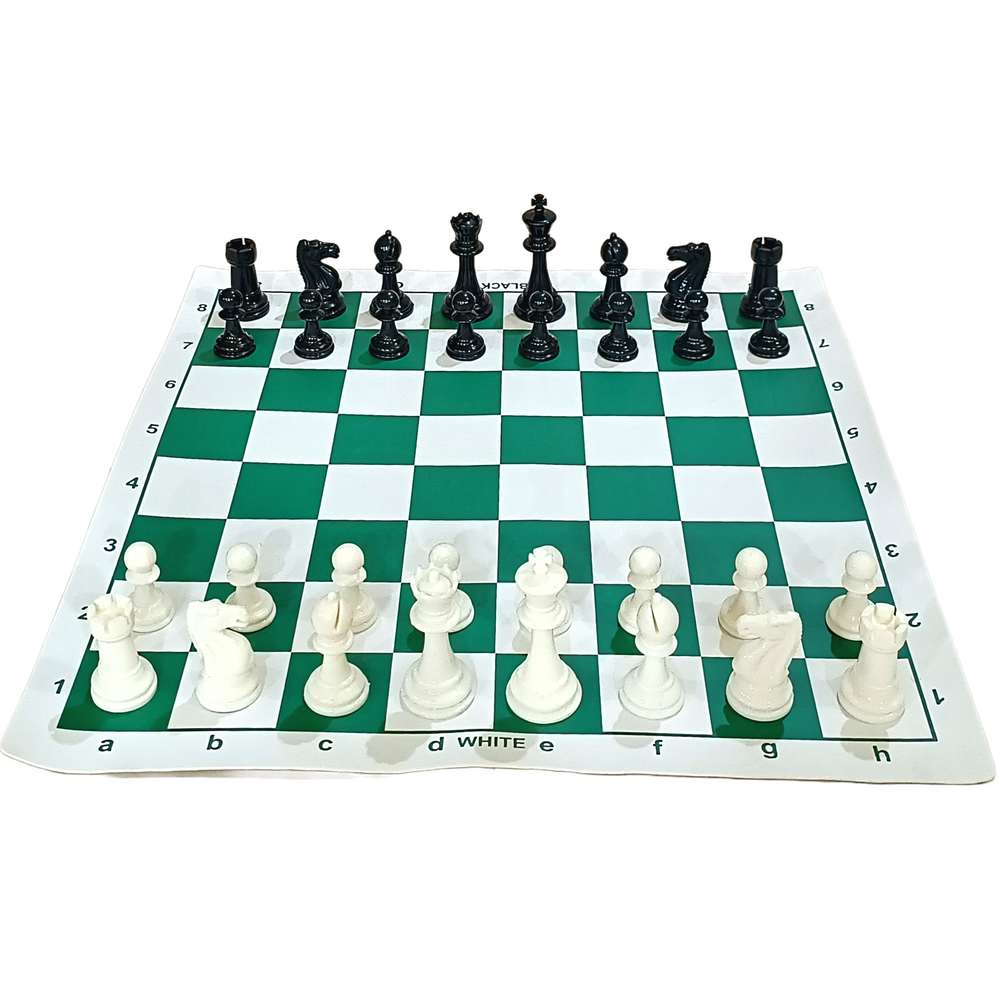
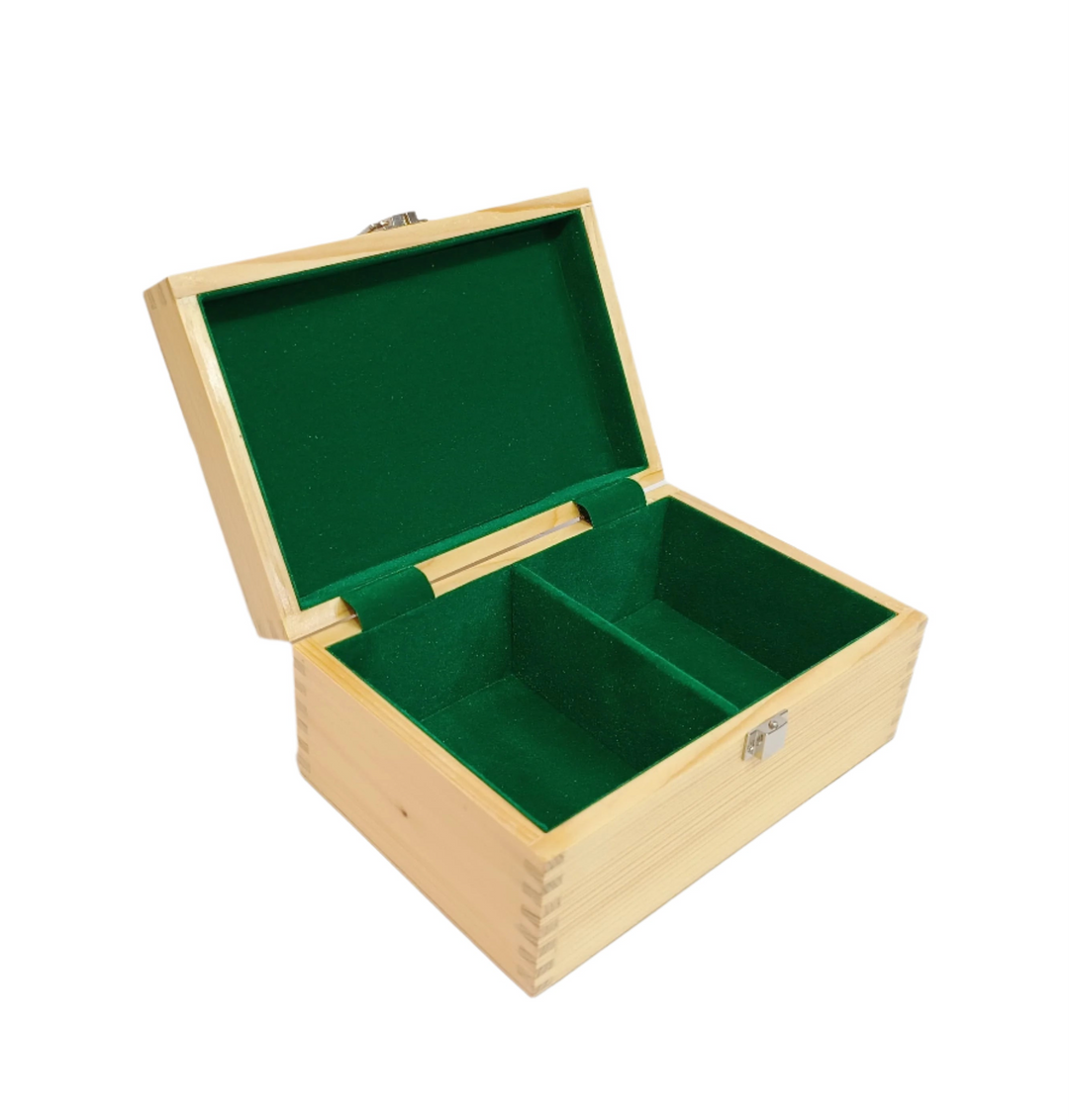
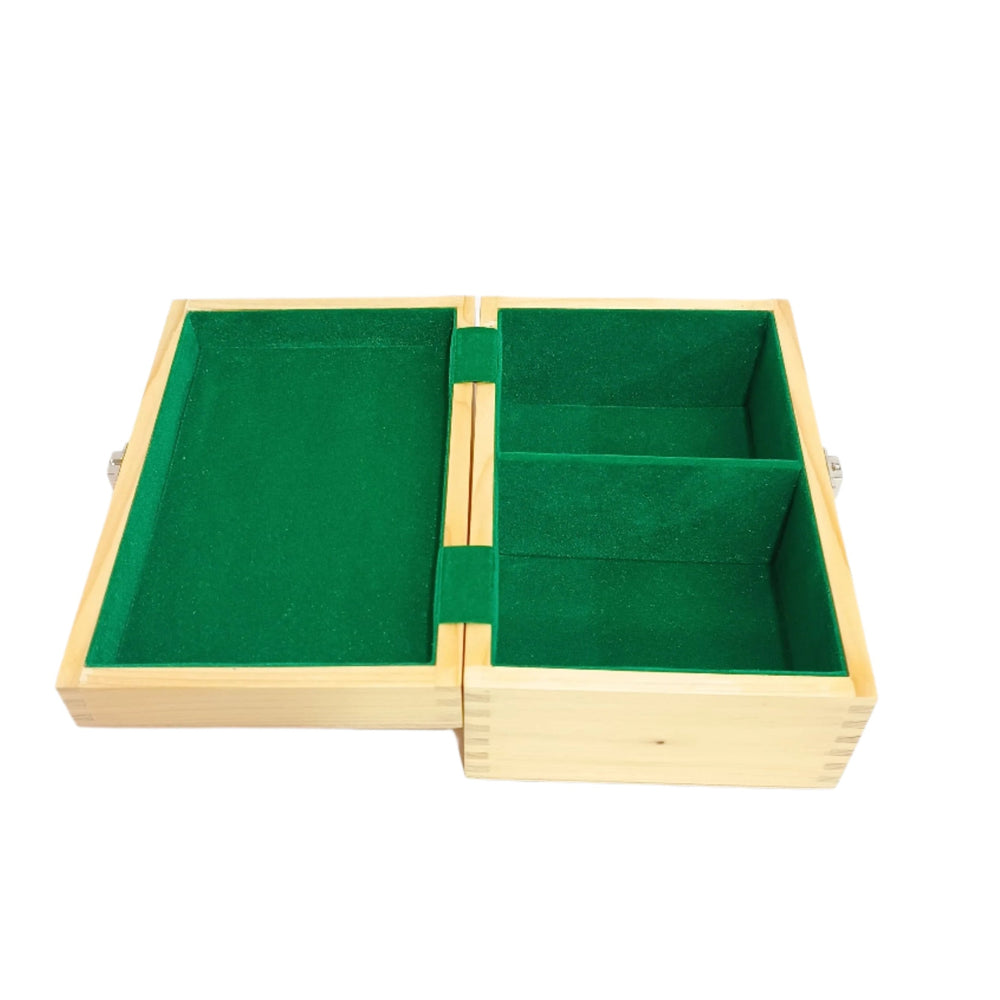
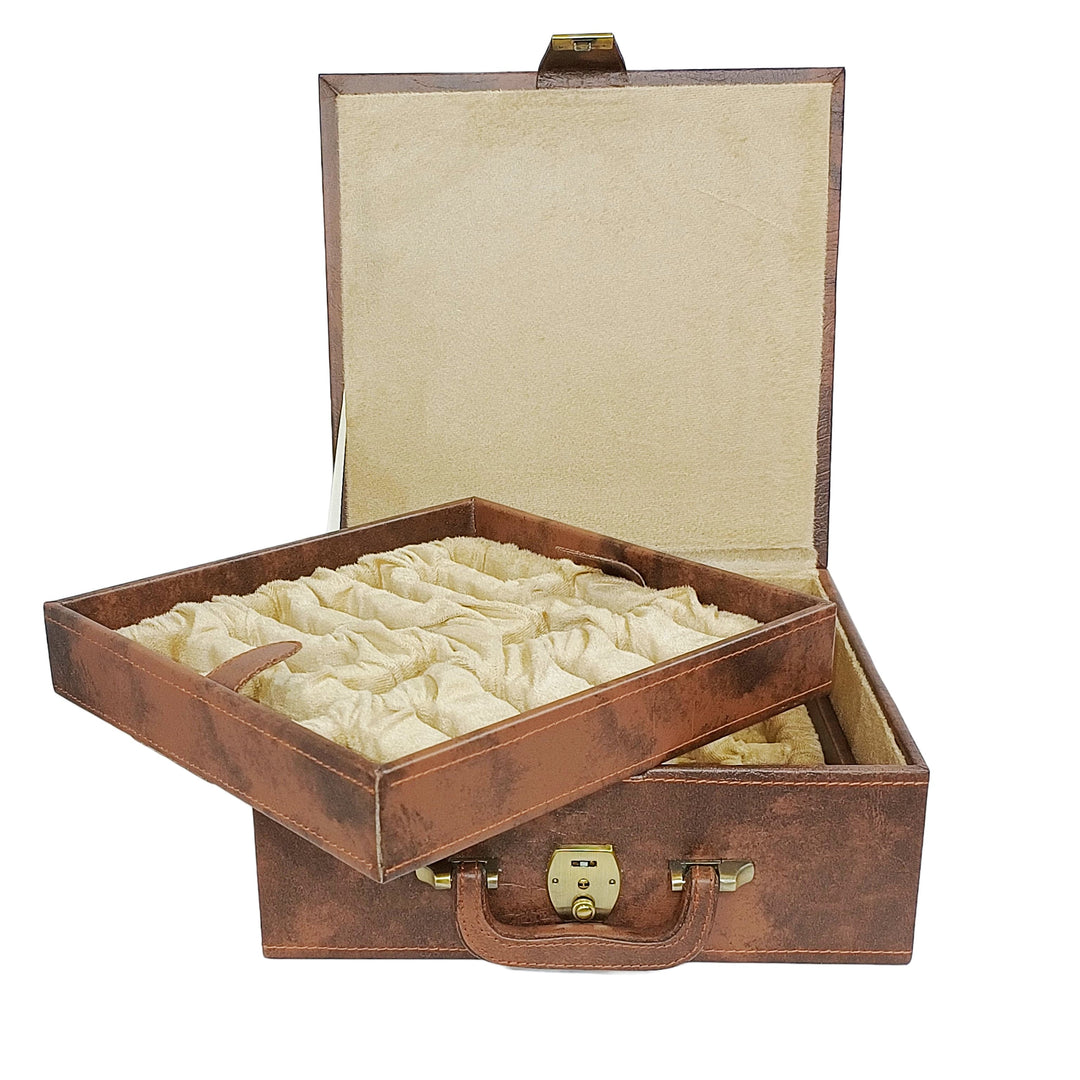
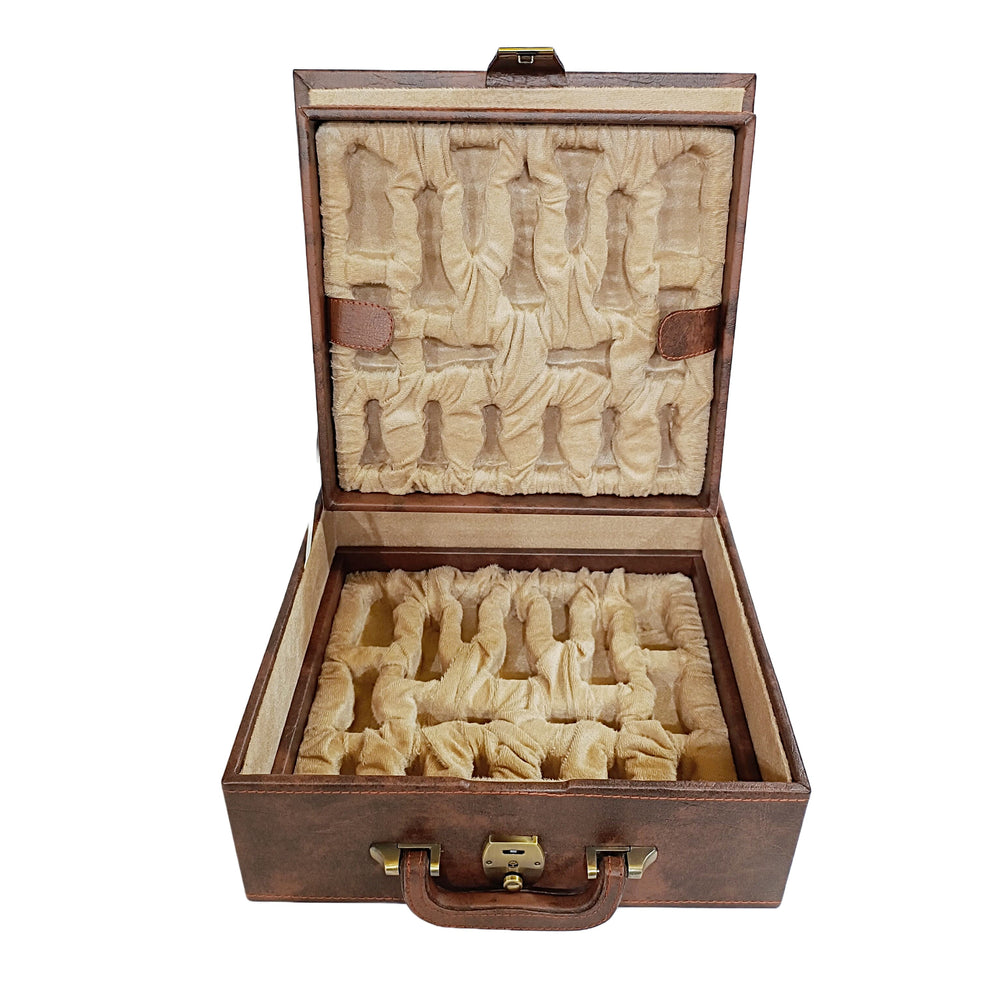
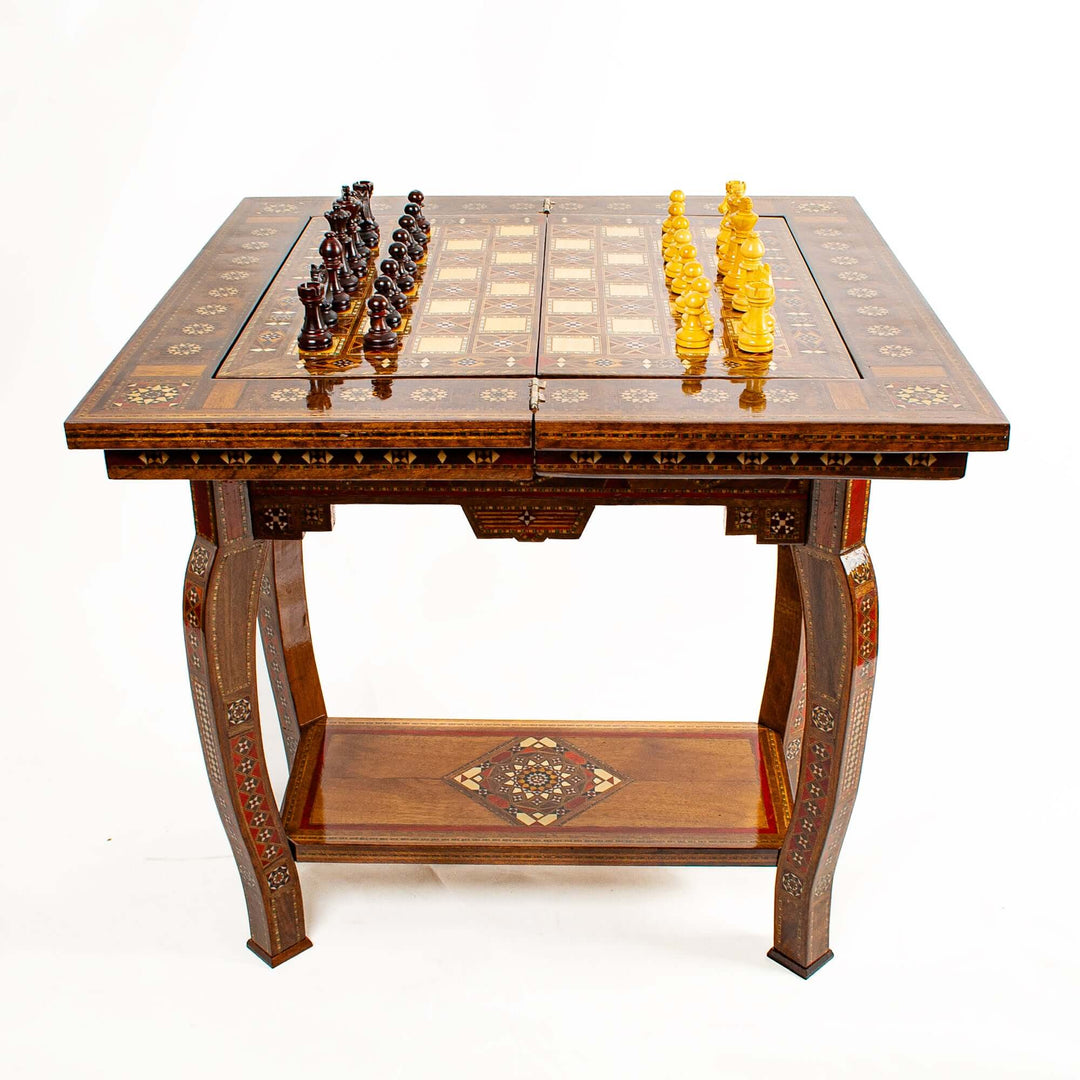
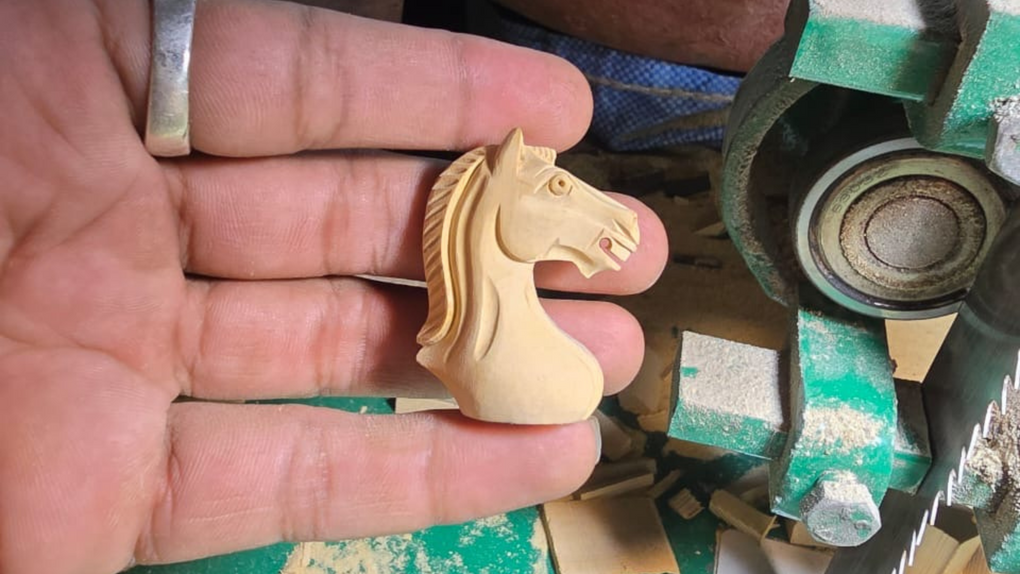
Leave a comment